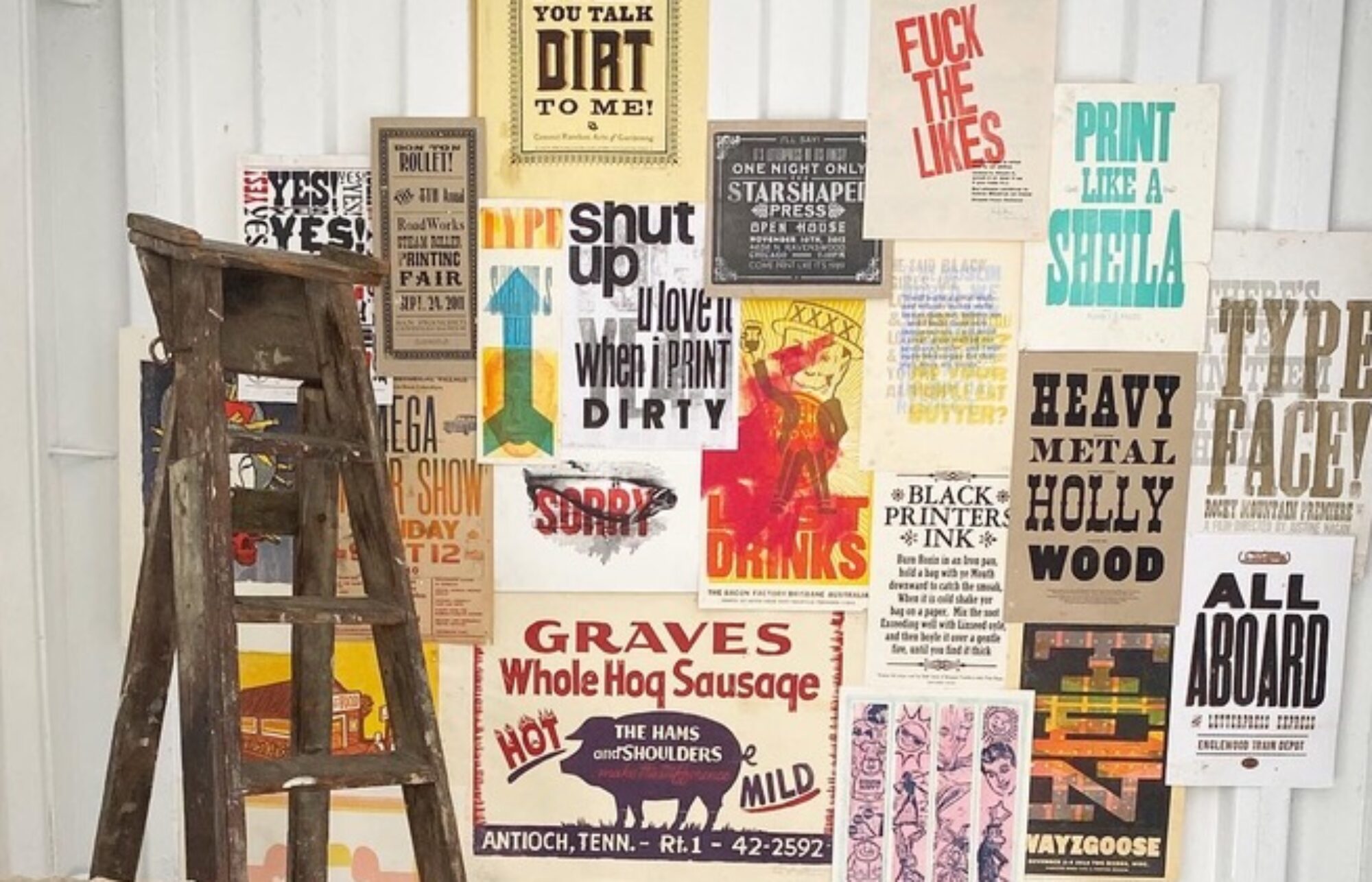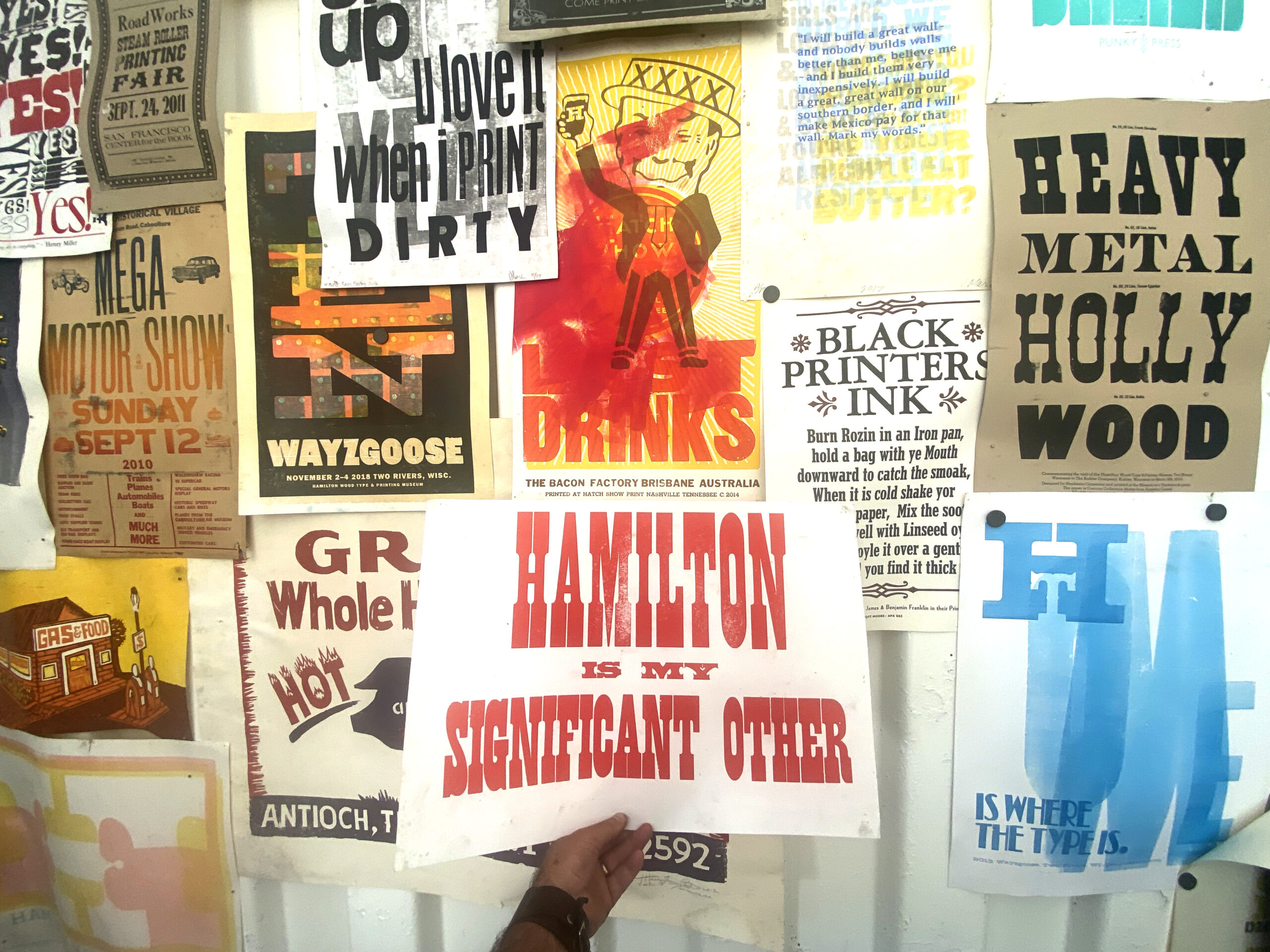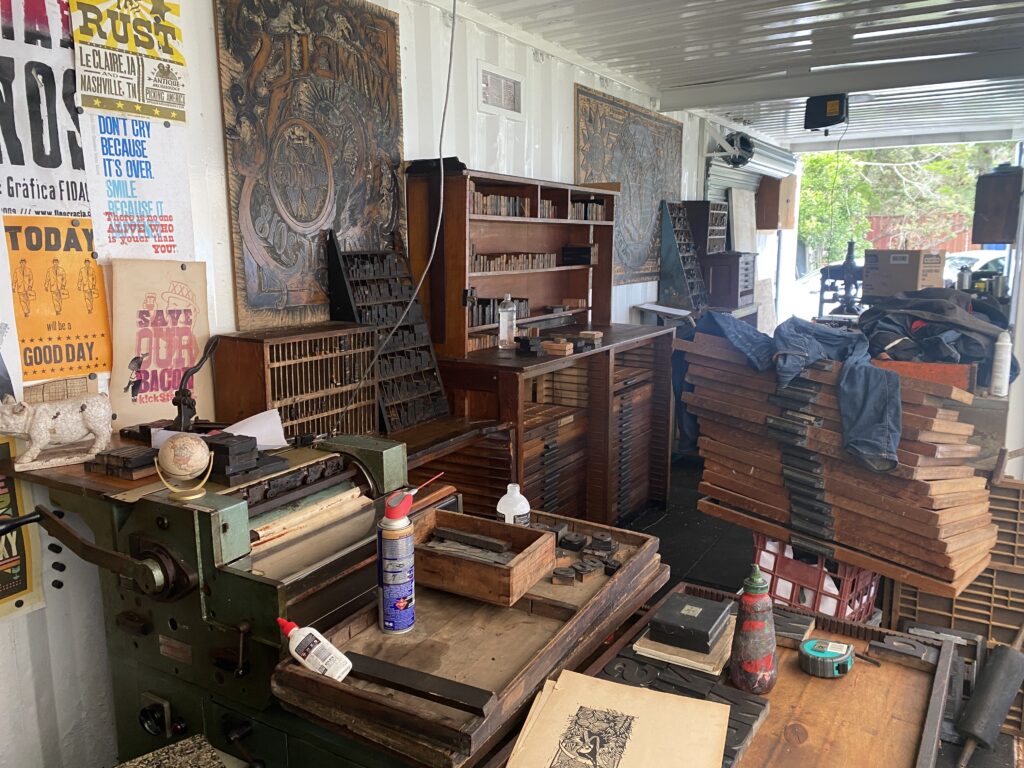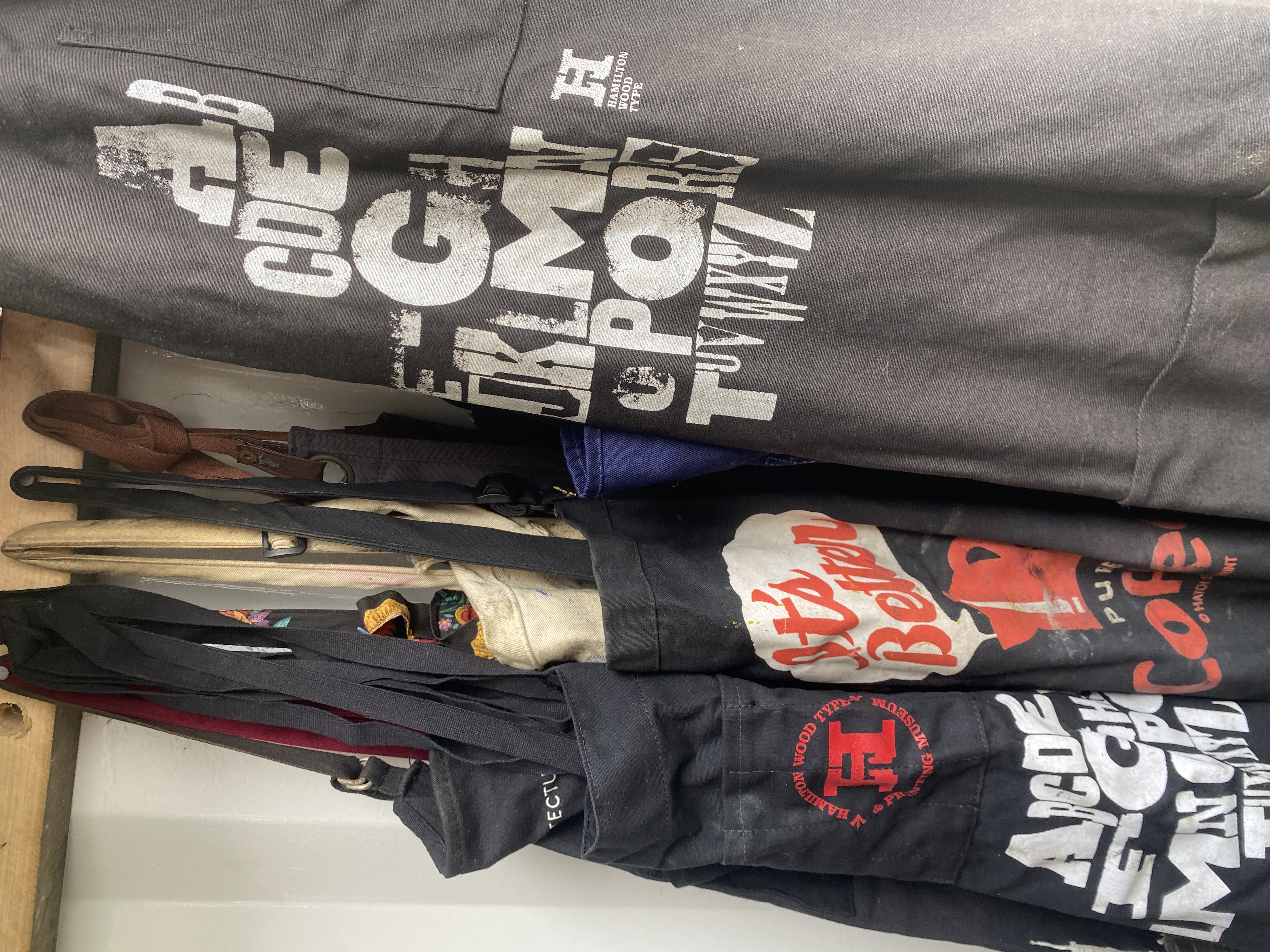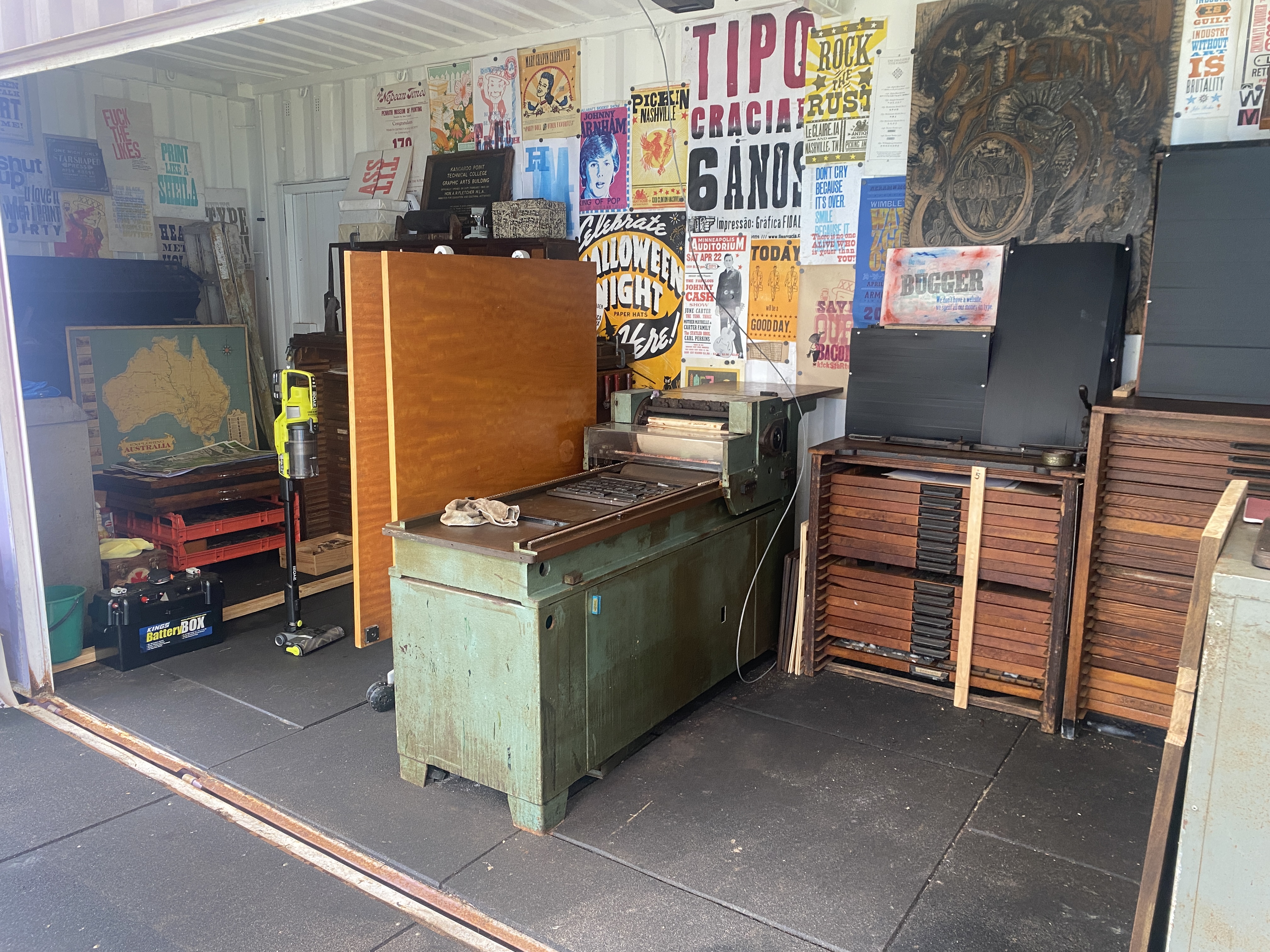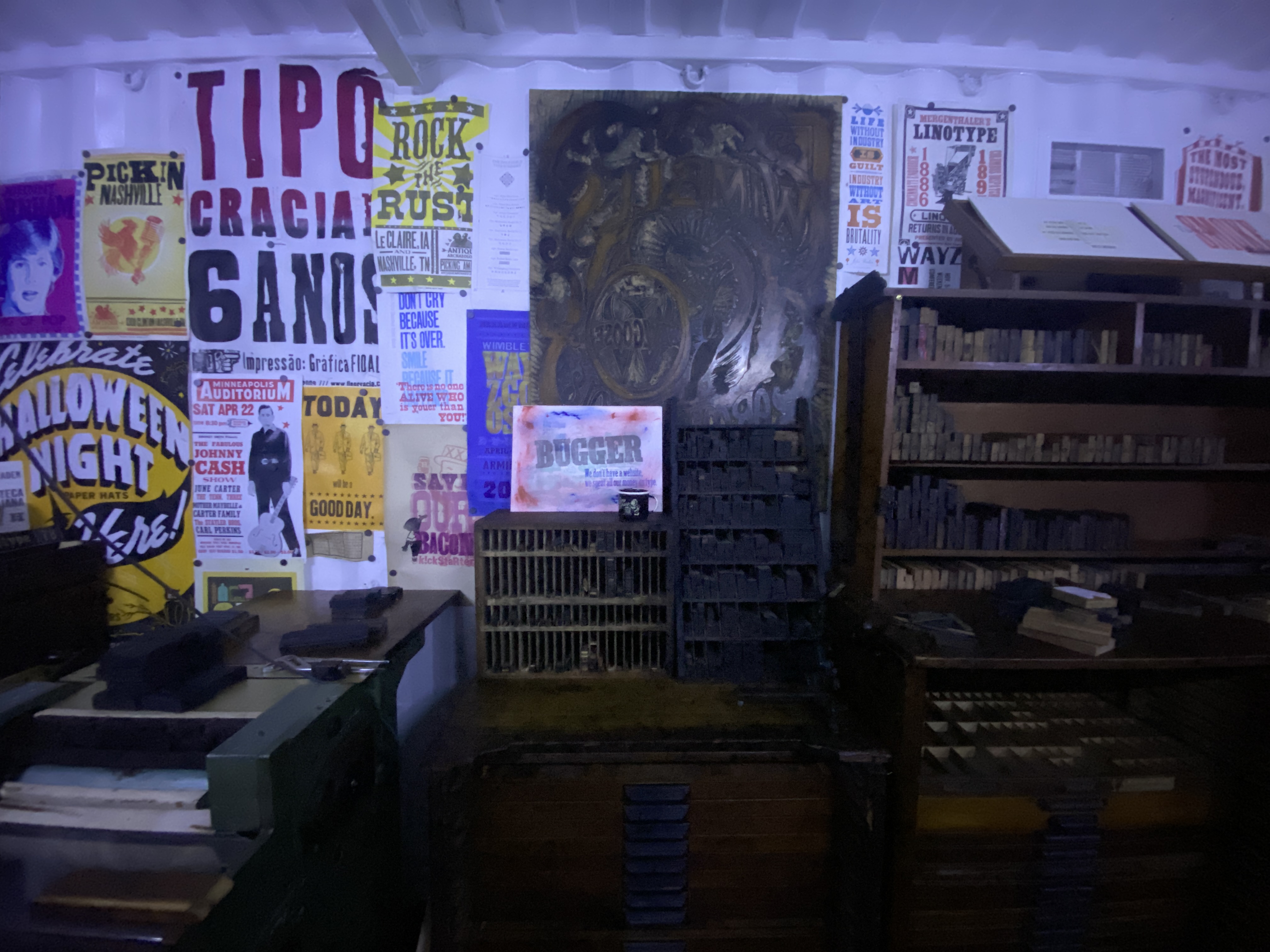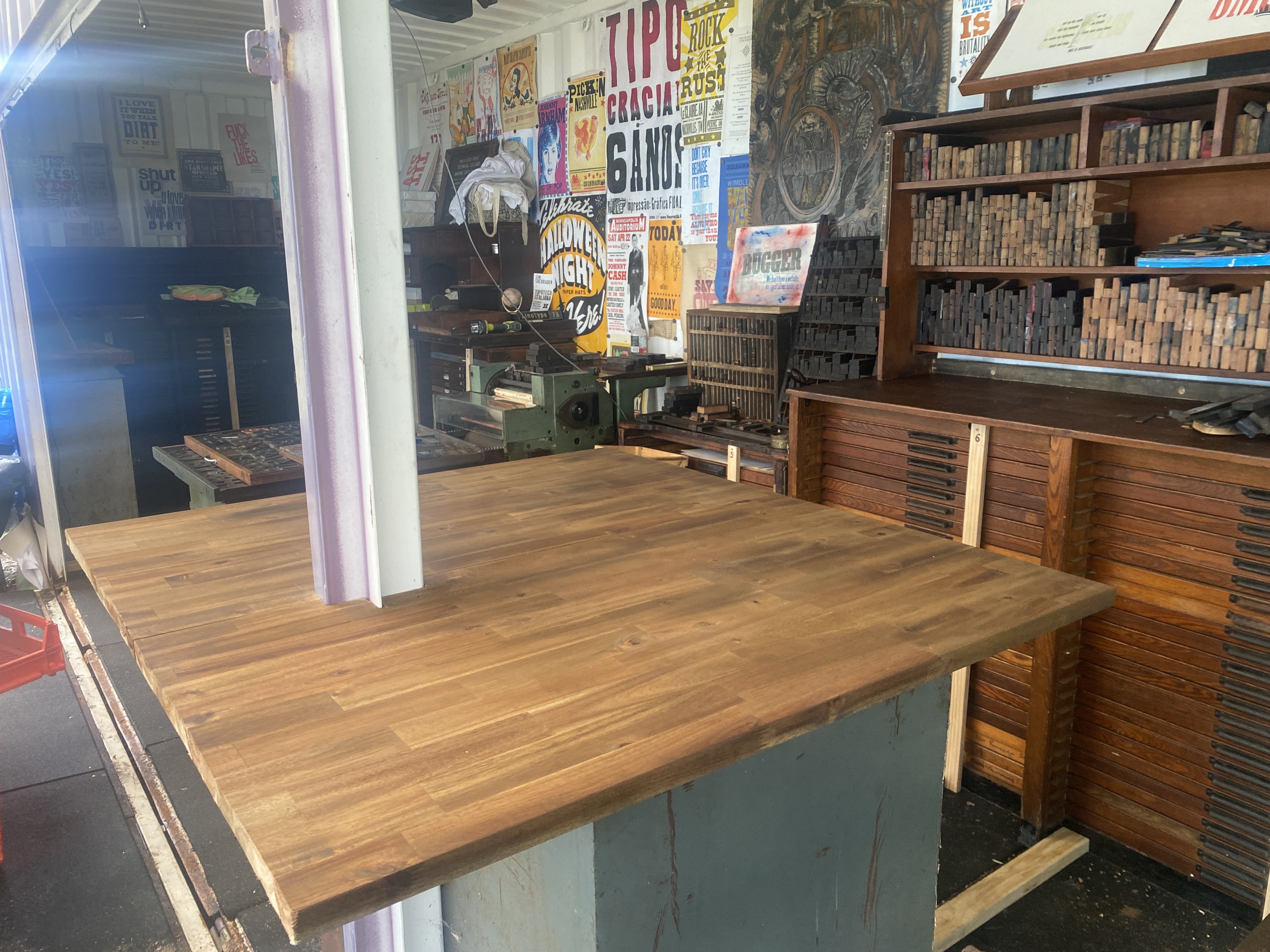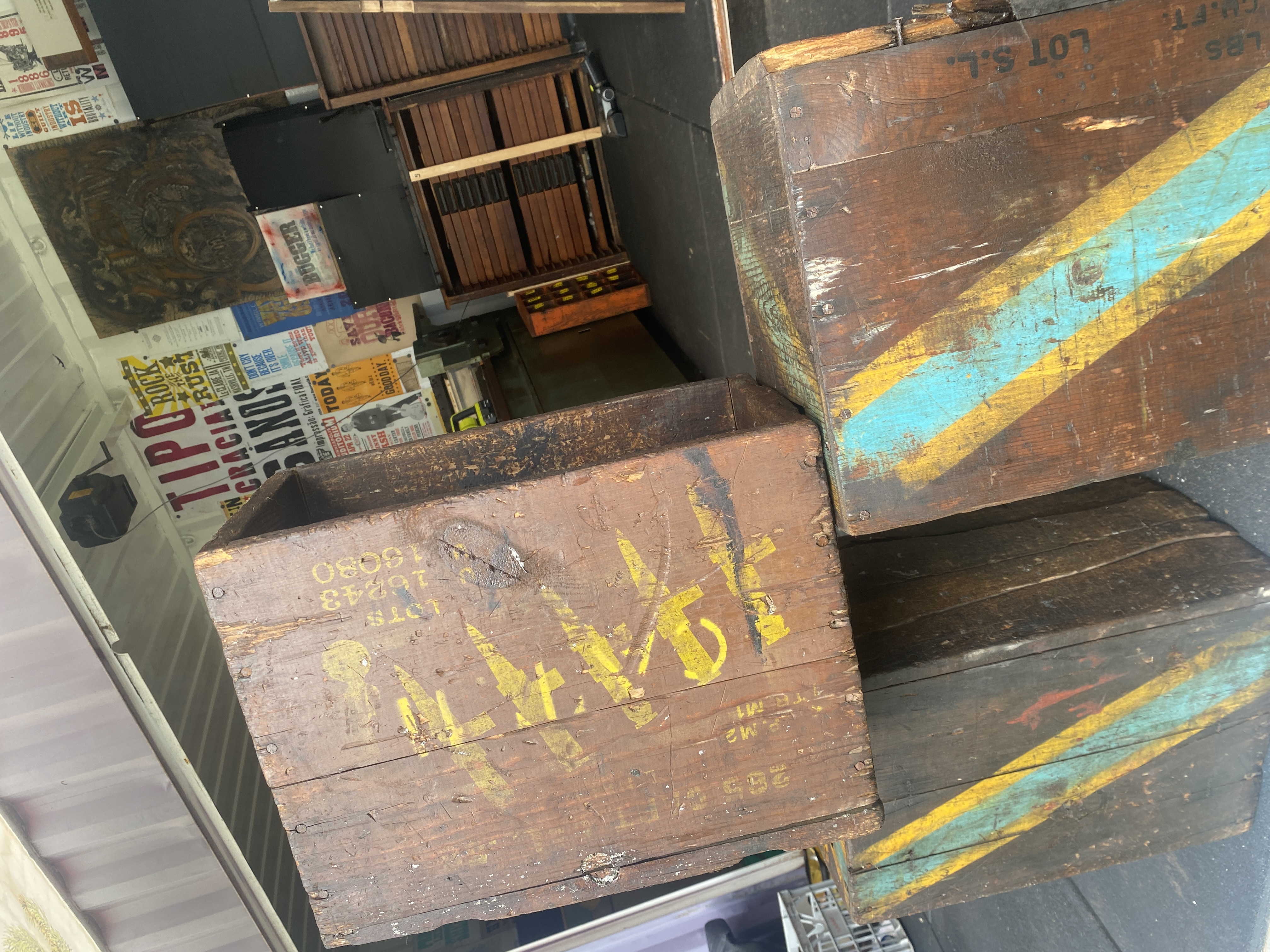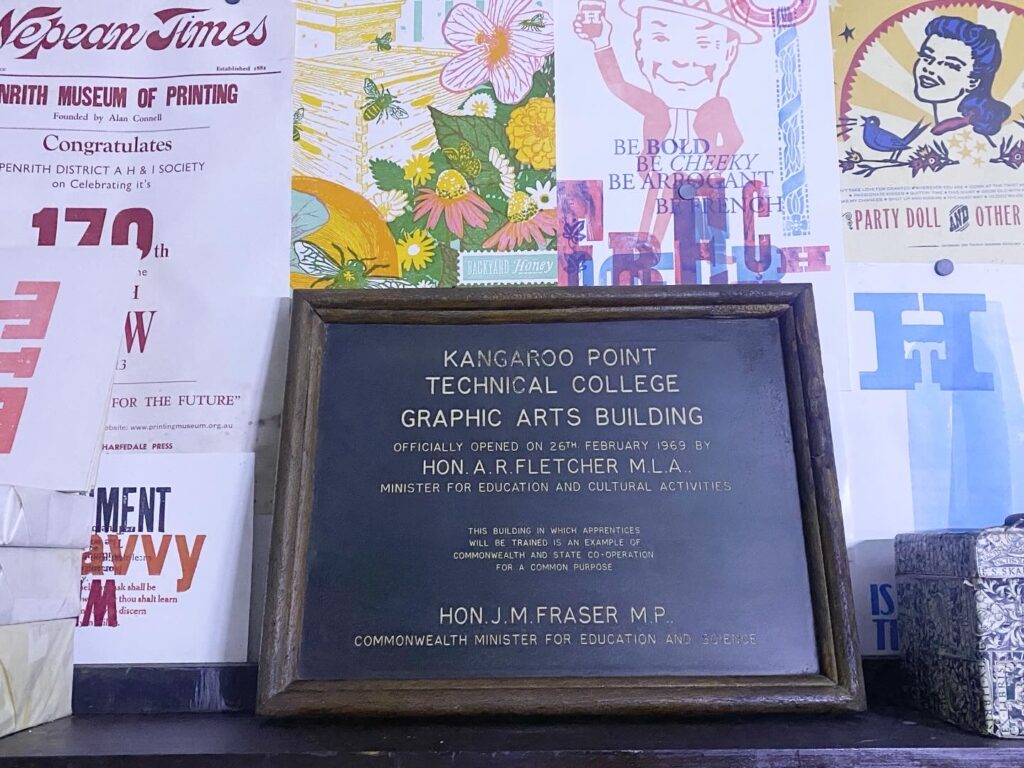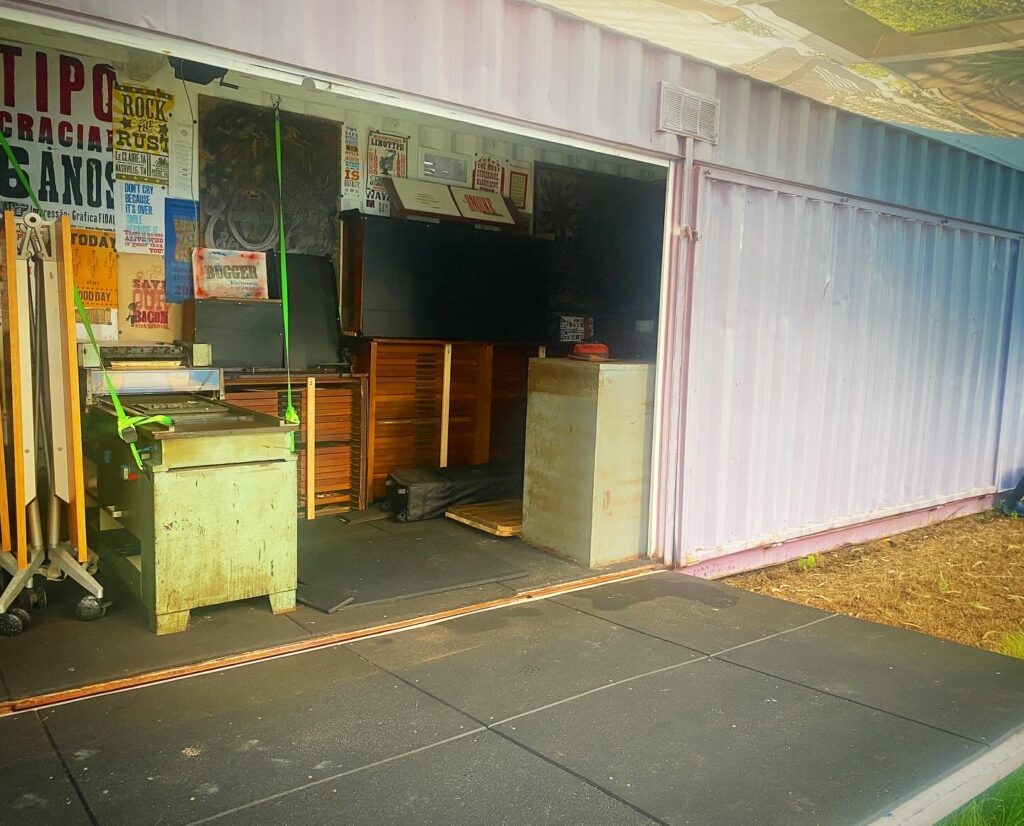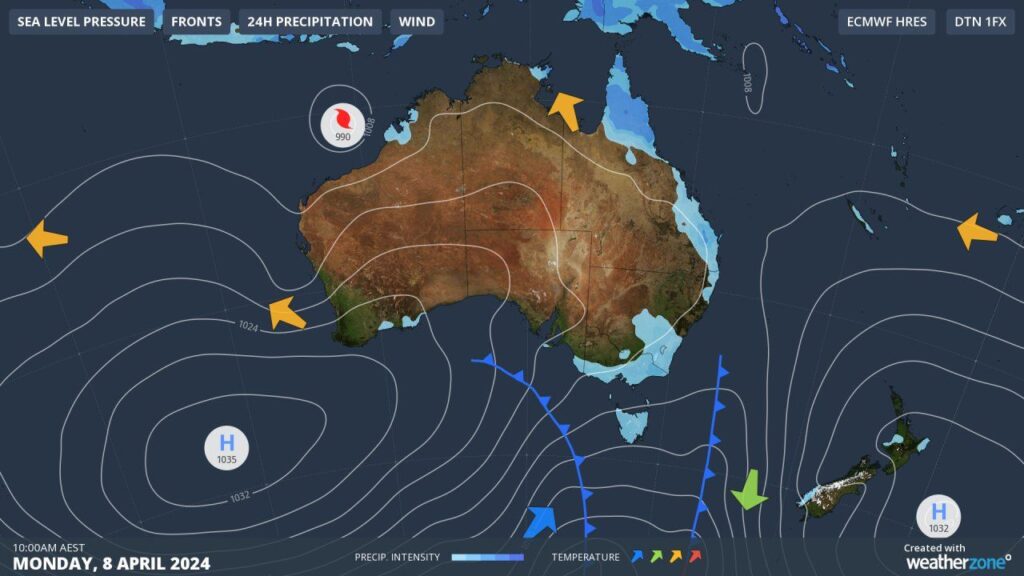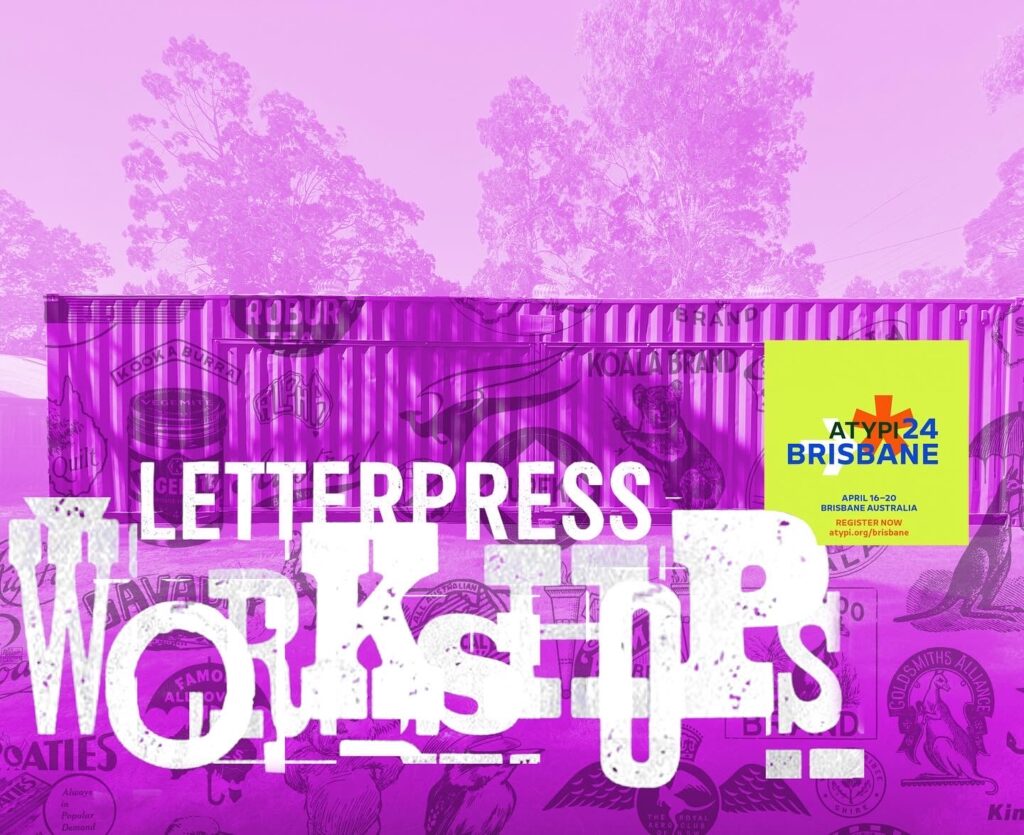The recent ATypI Brisbane conference marked a milestone for typography enthusiasts across the globe. With a lineup boasting nearly 70 speakers and an array of workshops, the event was a celebration of the art and craft of type design. Held at the Brisbane Convention and Exhibition Centre from April 16 to 20, 2024, it was the first time the conference graced Australian shores, demonstrating the growing reach of the global type community.

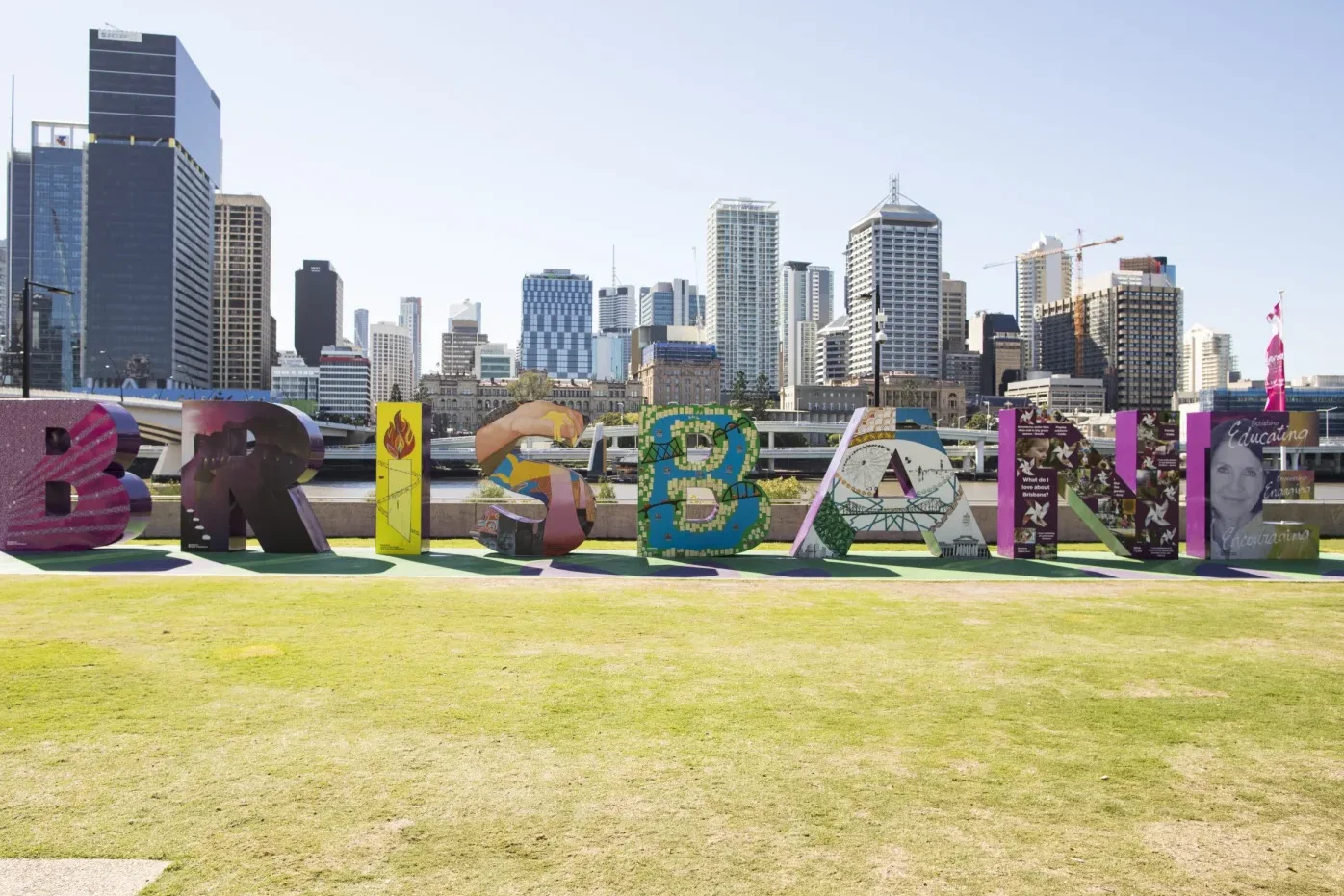
One memorable moment from the conference was the captivating presentation Bovine Pyroglyphics by Dzintra Menesis and Dr. Melissa Silk. The presentation explored the history of the 1872 Brands Act in Australia, which mandated branding for livestock ownership. It discussed how this necessity led to the creation of unique cattle brands with unconventional letter shapes, defying traditional typography rules. Queensland Brand Designs emerged as a result, blending cultural crafting with colonial necessity. The presentation contextualised the significance of these brands and their reinterpretation in the digital age, showcased in the Branding Irons and Blockchains workshop hosted buy your truly and assisted by my good friend and international type designer Troy Leinster.
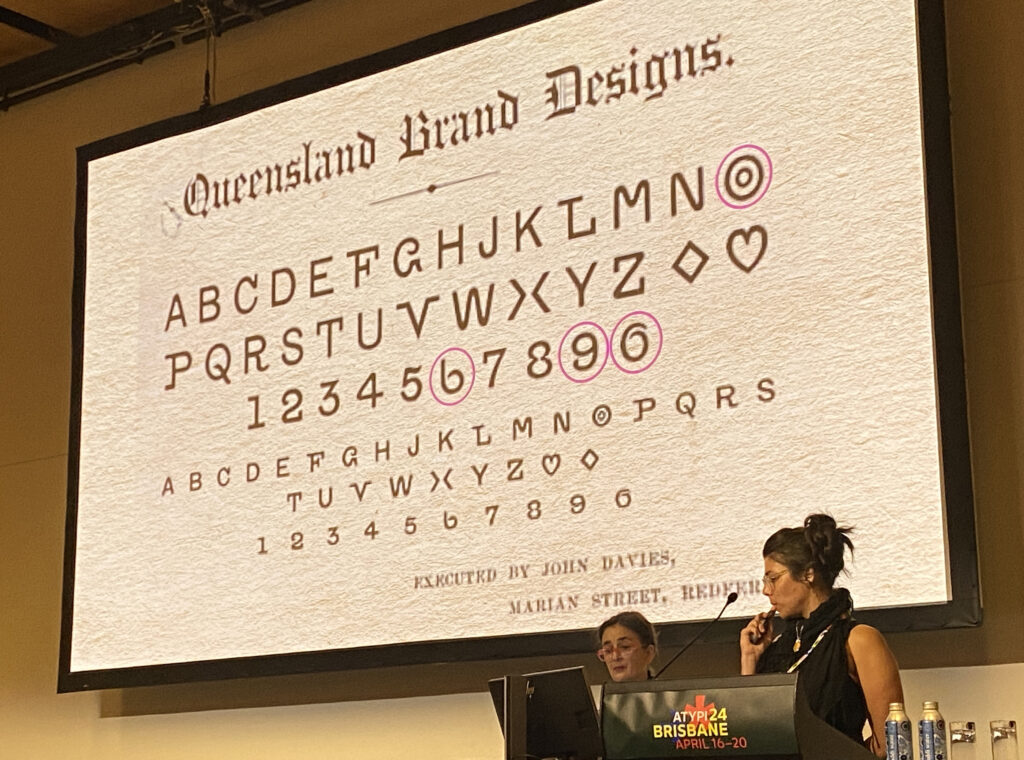
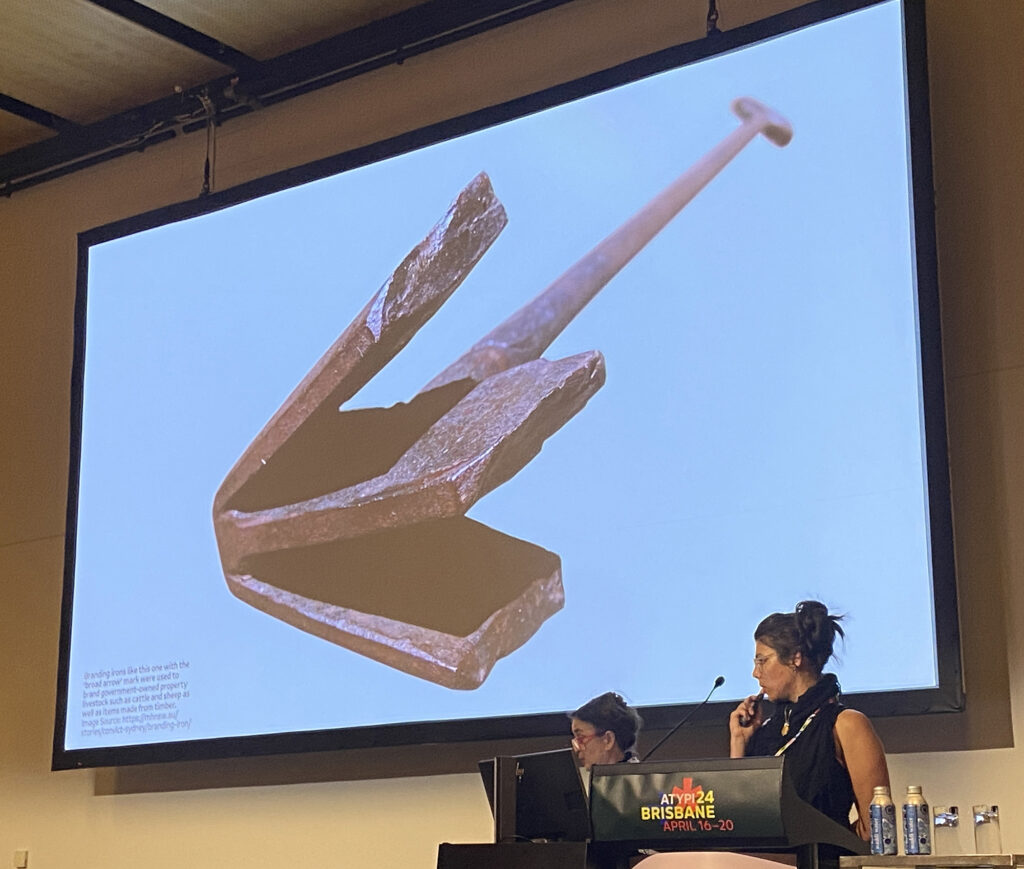
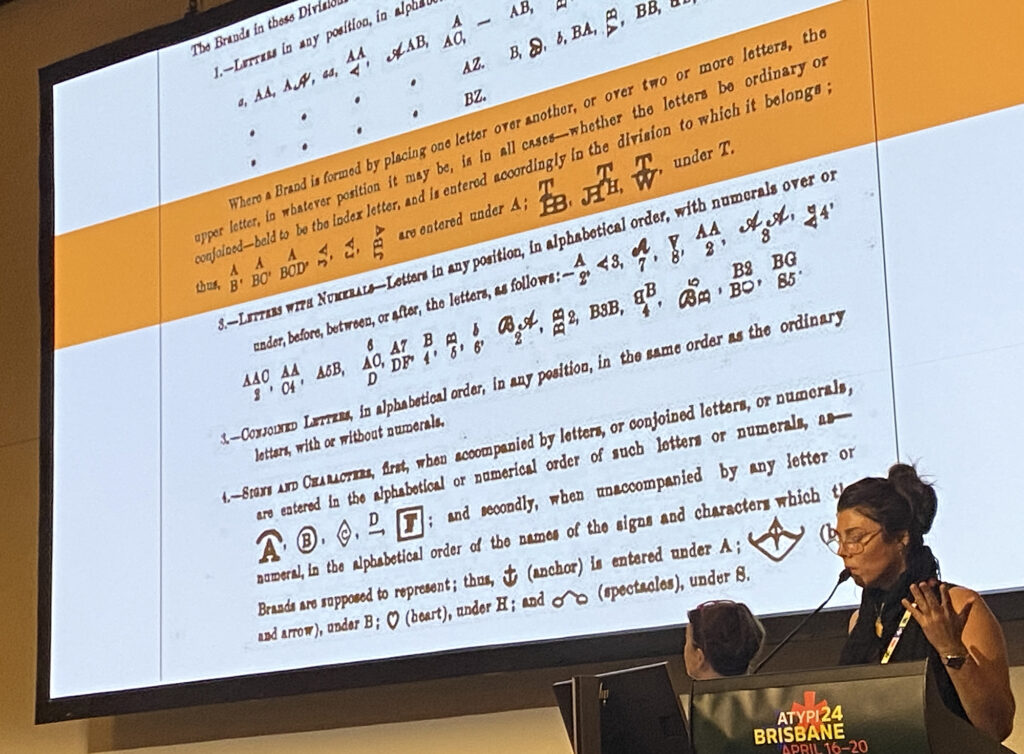
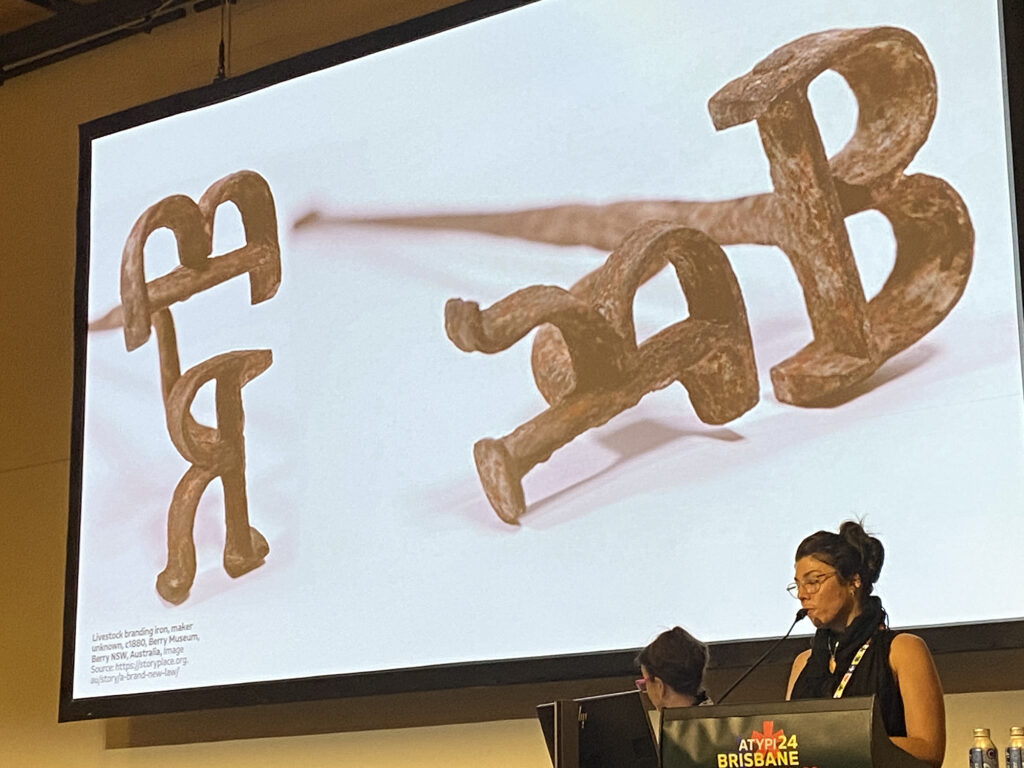
Amidst the multitude of sessions and workshops, the debut of the Moveable Type container was a highlight not just for me but also for friends and colleagues who have supported the project over the years. Tucked away in the conference program, the SPAM workshops provided a special chance to immerse oneself in the traditional craft of letterpress printing while delving into the rich cultural and historical tapestry of handset typography.
Our letterpress container workshop series kicked off with an exploration of colonial Australia’s cattle industry and its unexpected influence on typography. Joined by Troy, Dzintria Menesis and Dr Melissa Silk the “Branding Irons and Blockchains” workshop delved into the origins of Queensland Brand Designs font and the typographic system from the Australian brands act. The workshop consisted of printing type experiments from the custom woodtype font that Troy had designed specifically for the workshop. This prototype typeface that we cut and produced at the Edge makers space at the State Library of Queensland highlighted the optical adjustments required when rotating letterforms for brand designs.
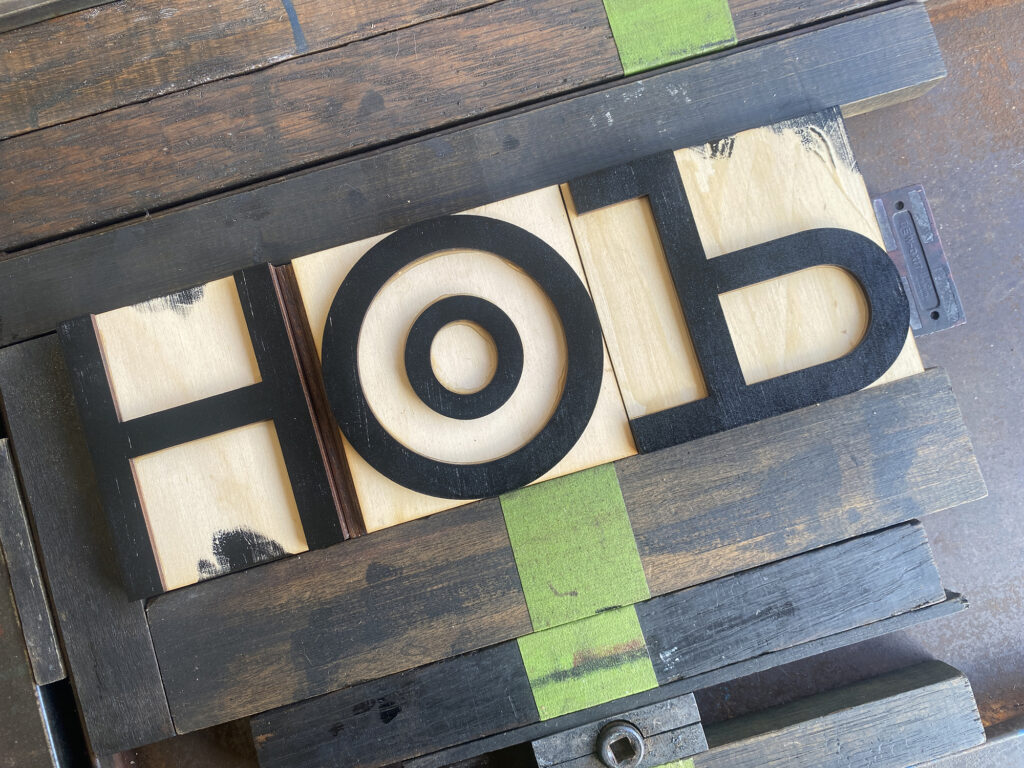
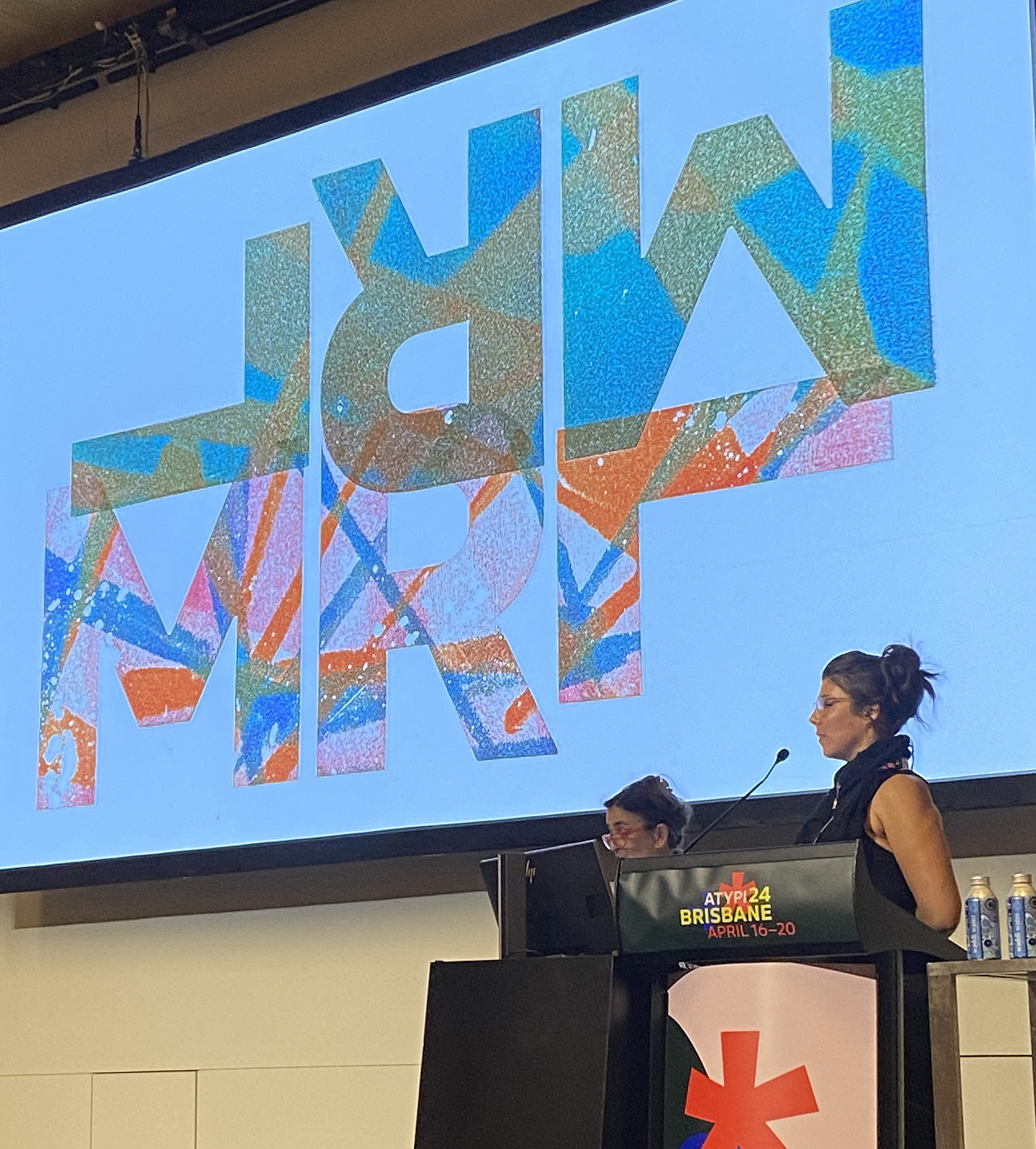
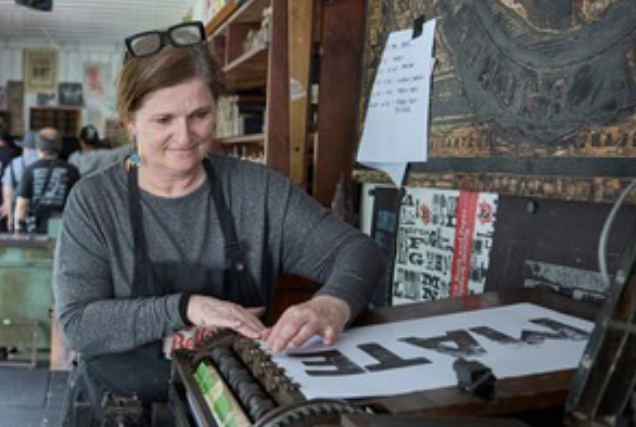
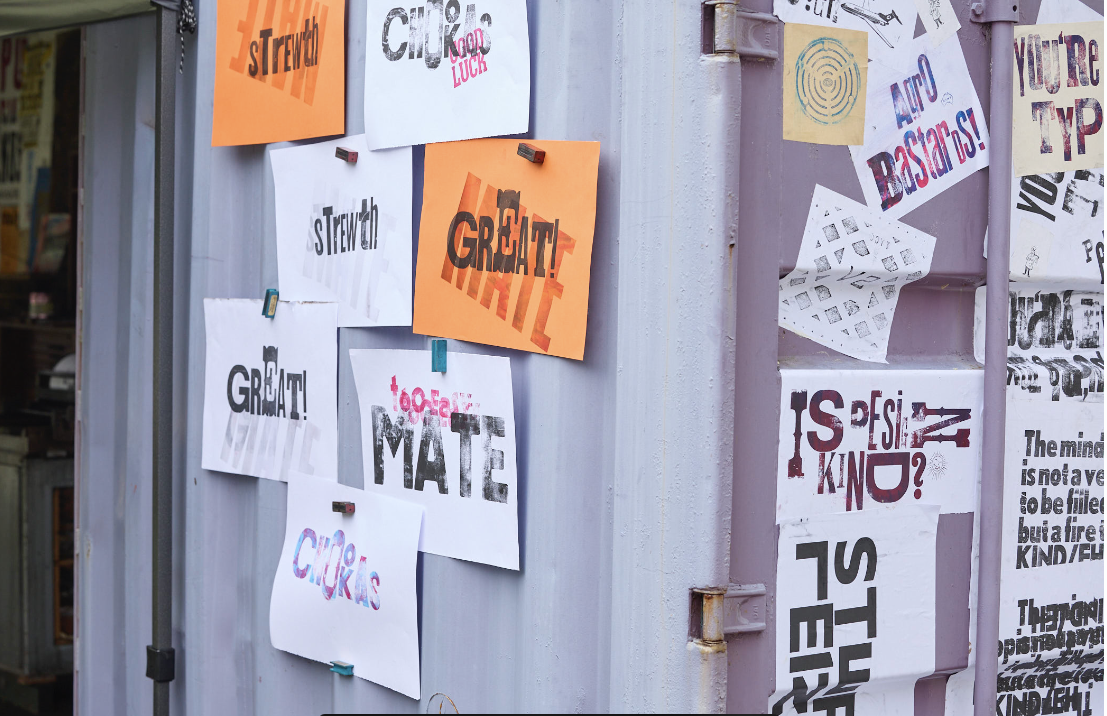
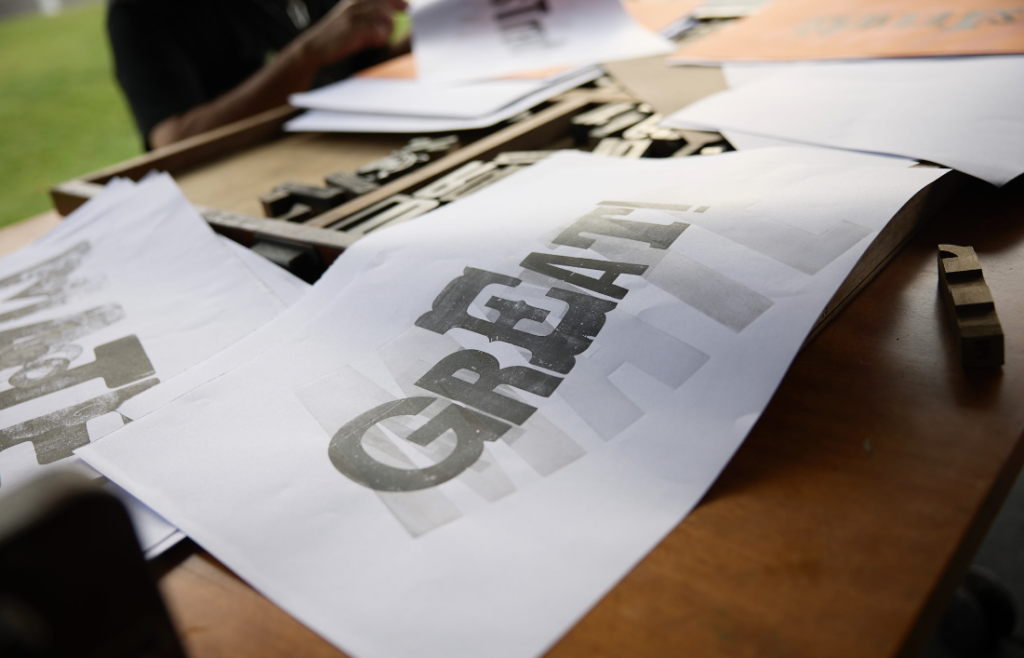
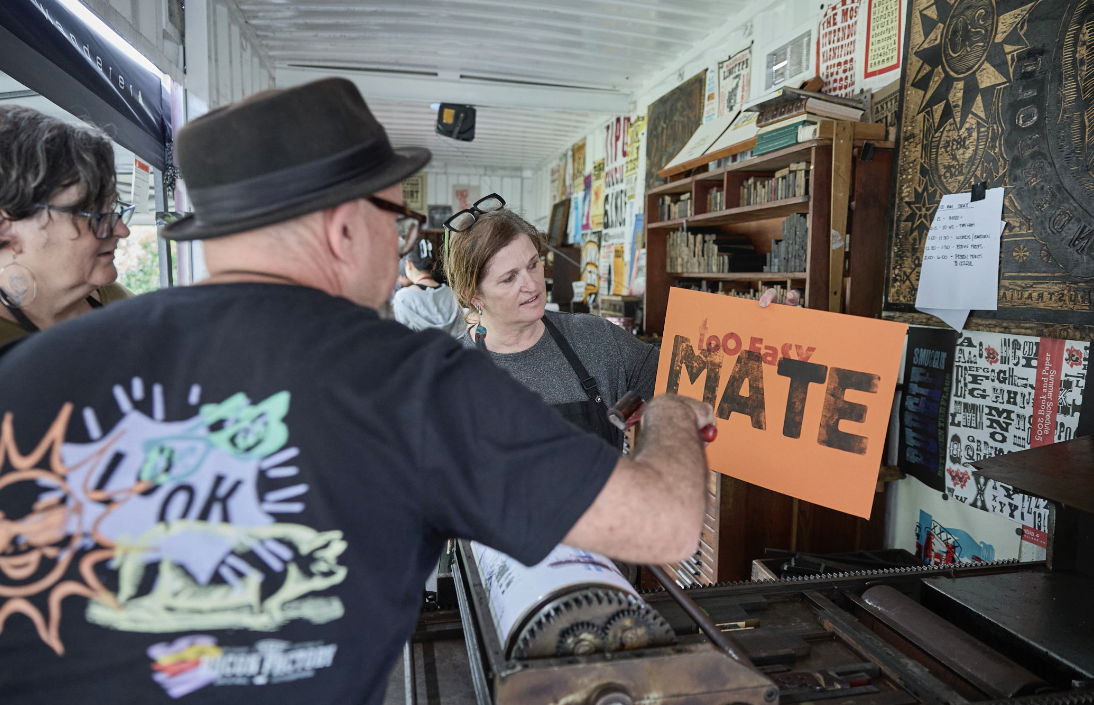
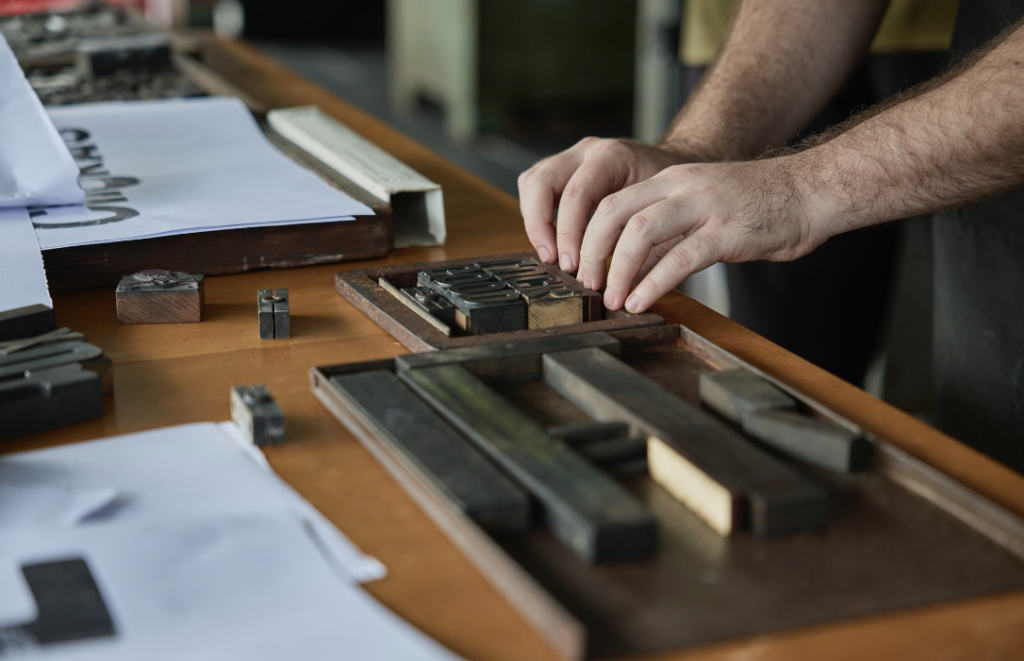
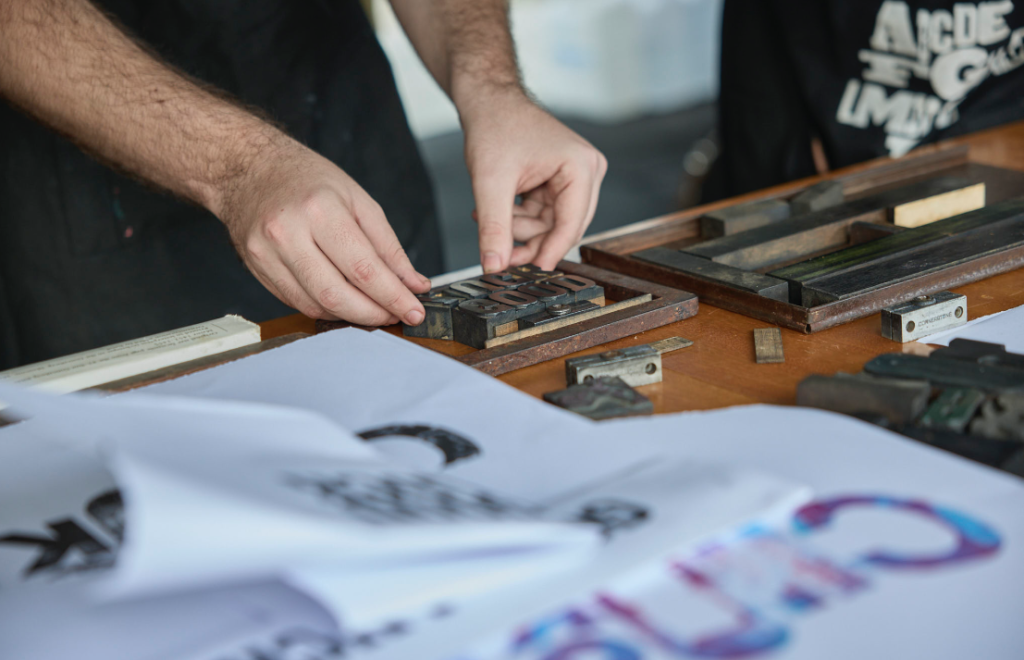
Another highlight for me was the “Matarongo Project” presented by fellow countryman, New Zealand-type designer Chris Sowersby. Collaborating with Dr. Johnson Witehira, Sowersby showcased a typeface family grounded in indigenous research, offering insights into Māori engagement with letterforms and the development of a modern digital typeface rooted in traditional crafts.
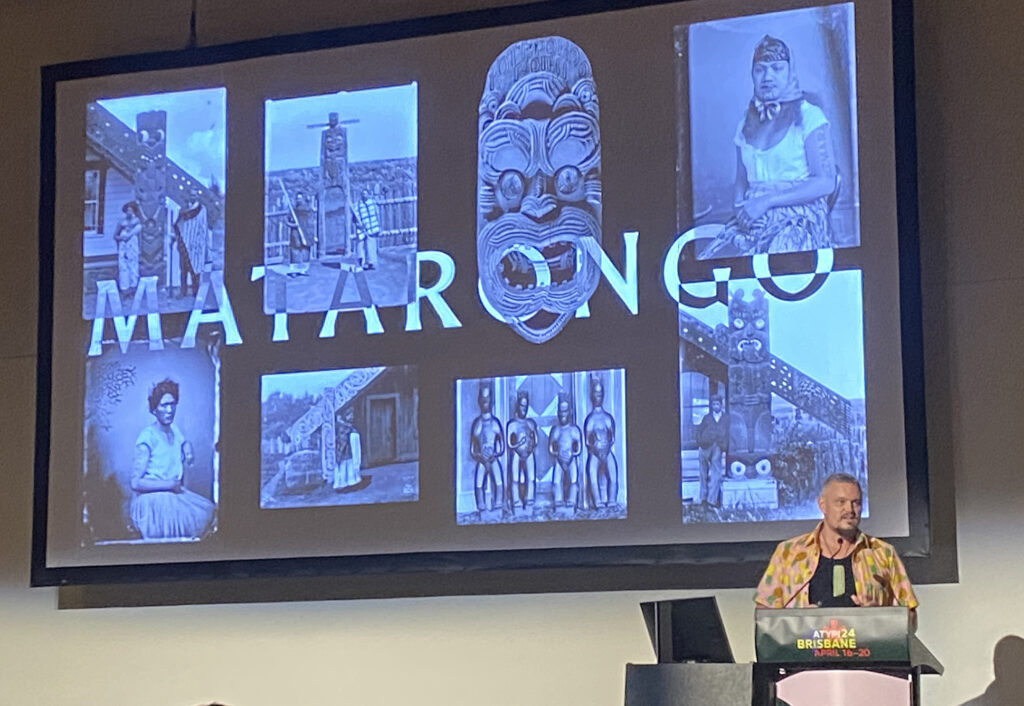
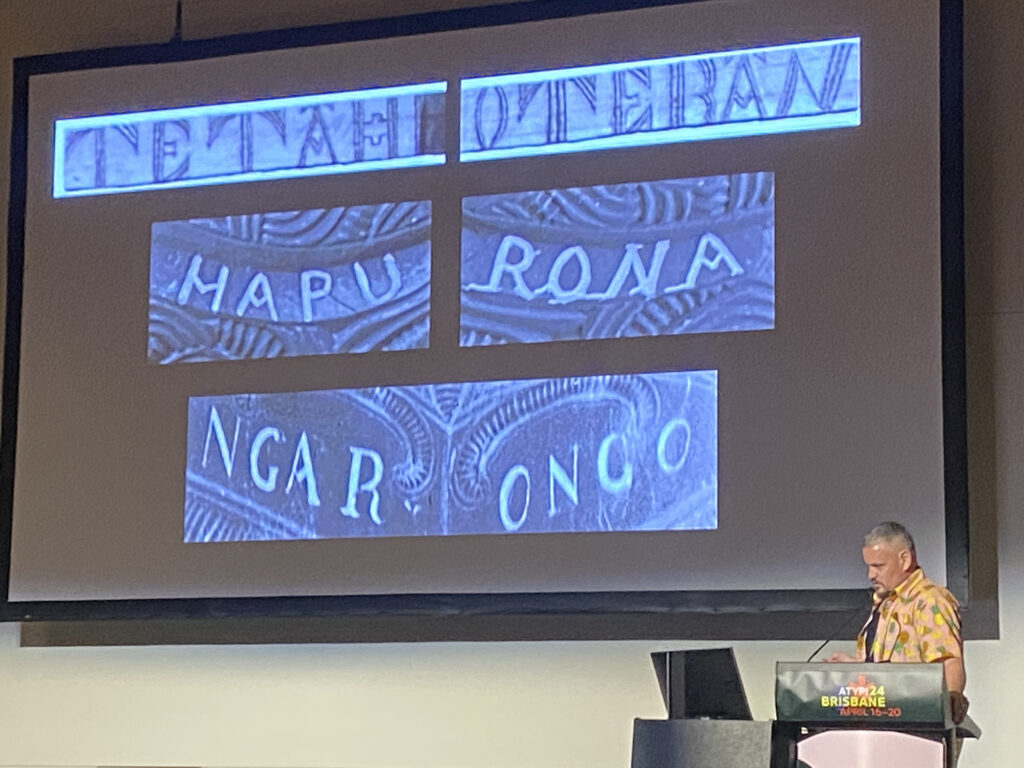
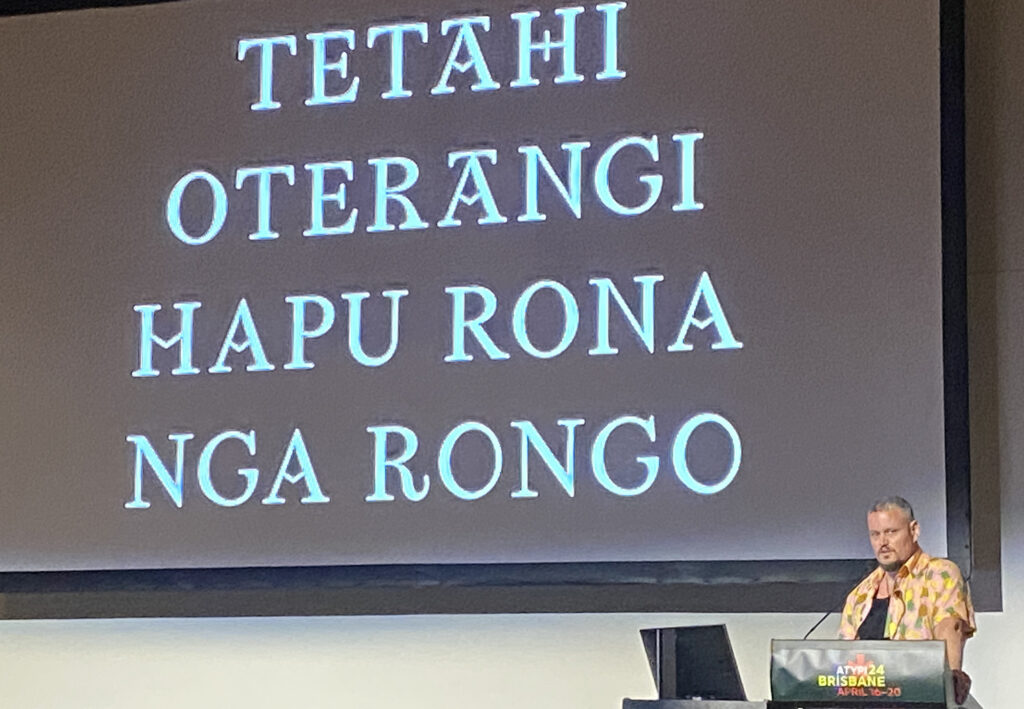
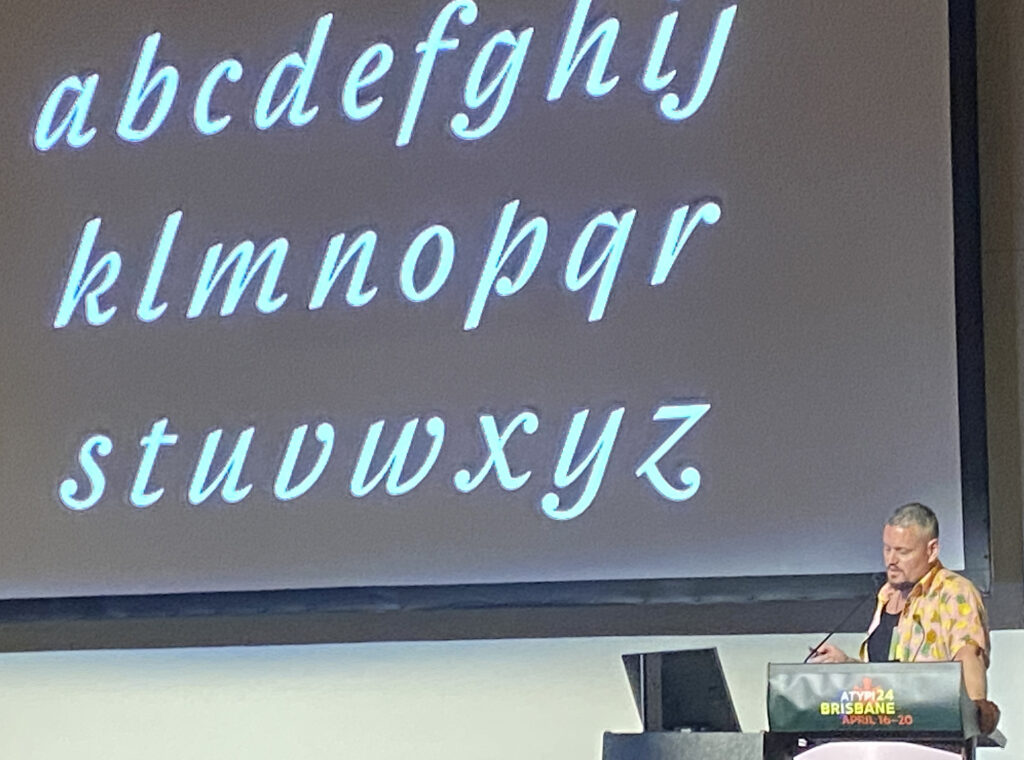
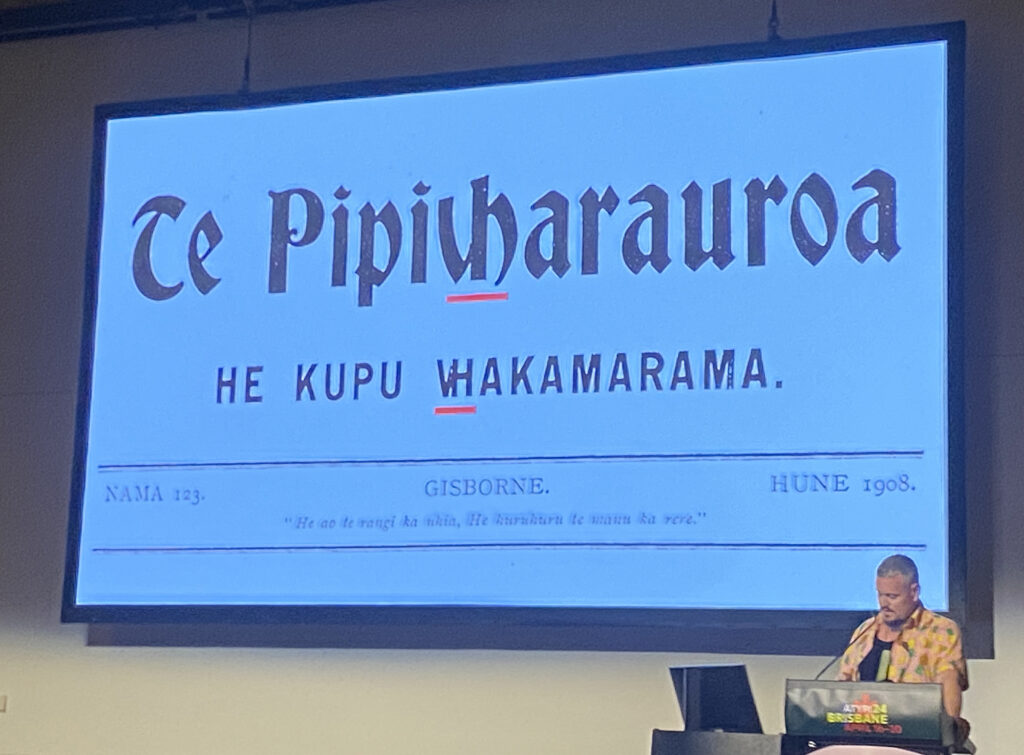
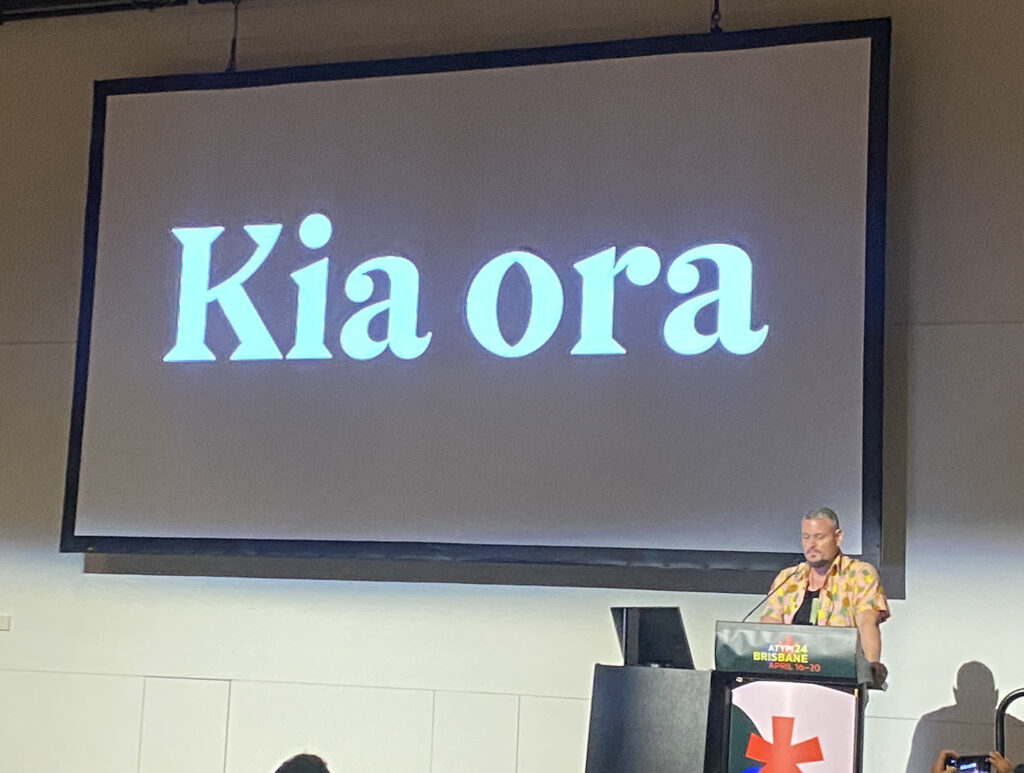
Outside the formal presentations, attendees had the opportunity to network and engage in hands-on printing sessions. A standout session was the Friday night print session hosted at the Container, where international guests joined local designers to print Wayne Thompson’s Chromatic woodtype font. This gathering exemplified the spirit of collaboration and knowledge sharing that permeated the conference.
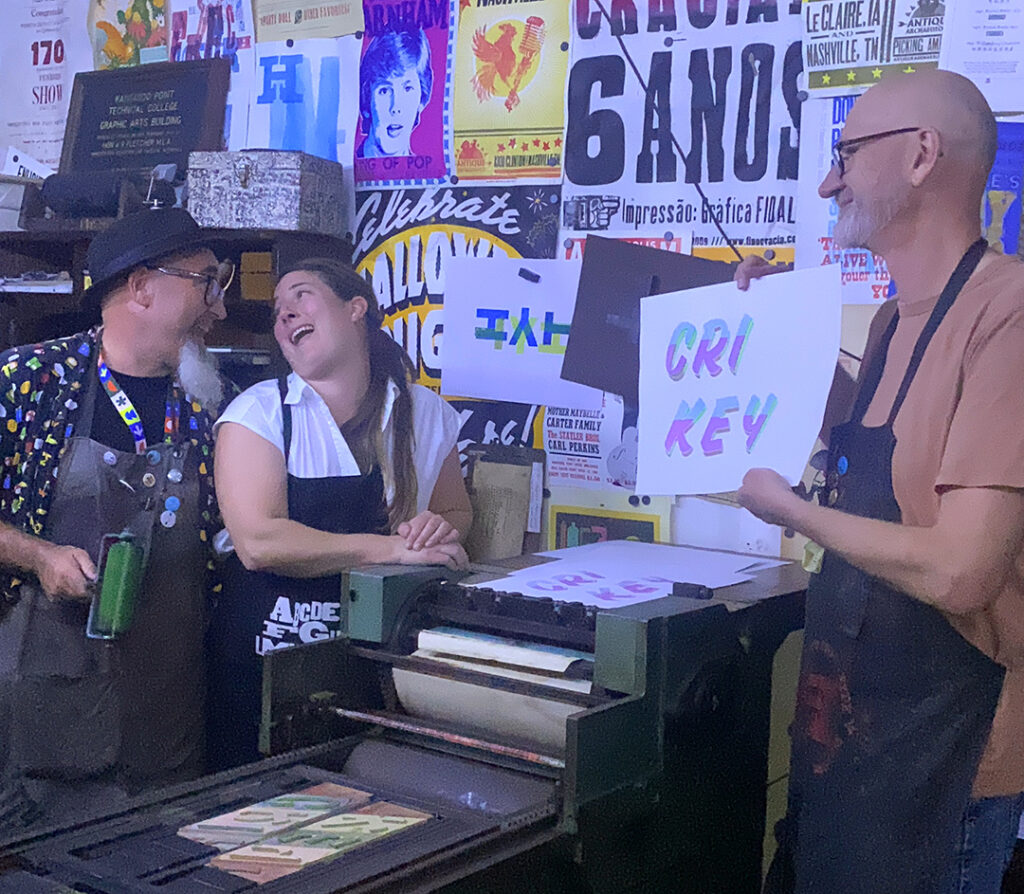
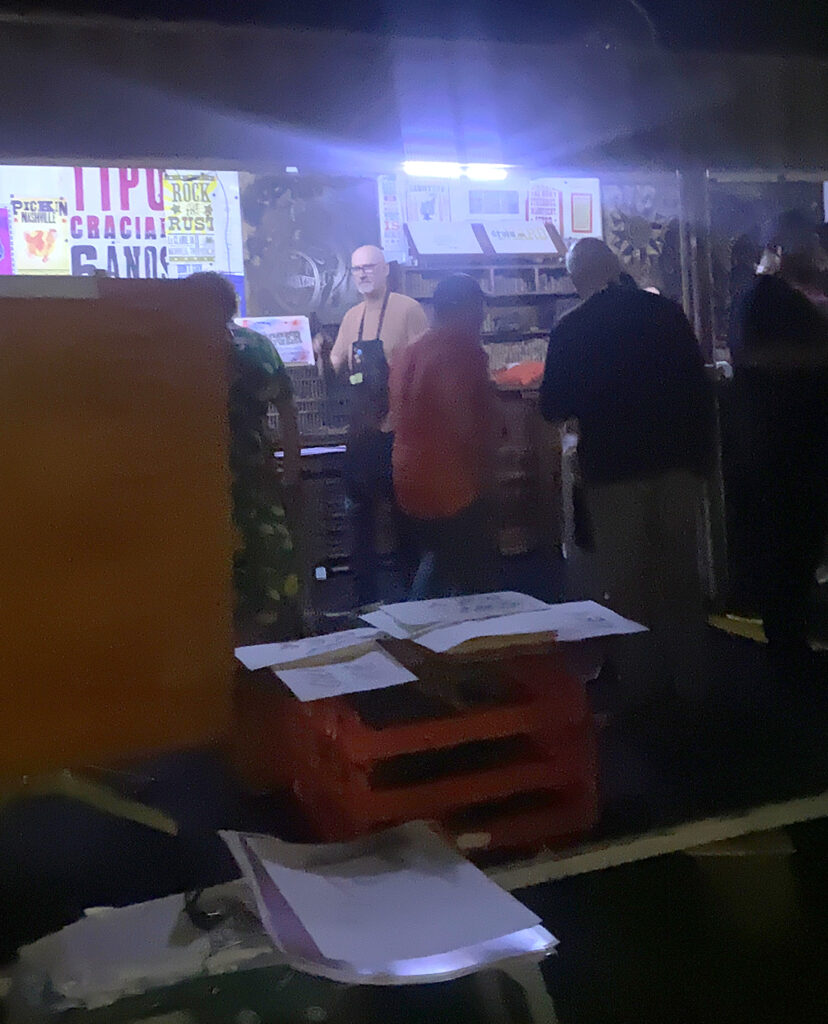
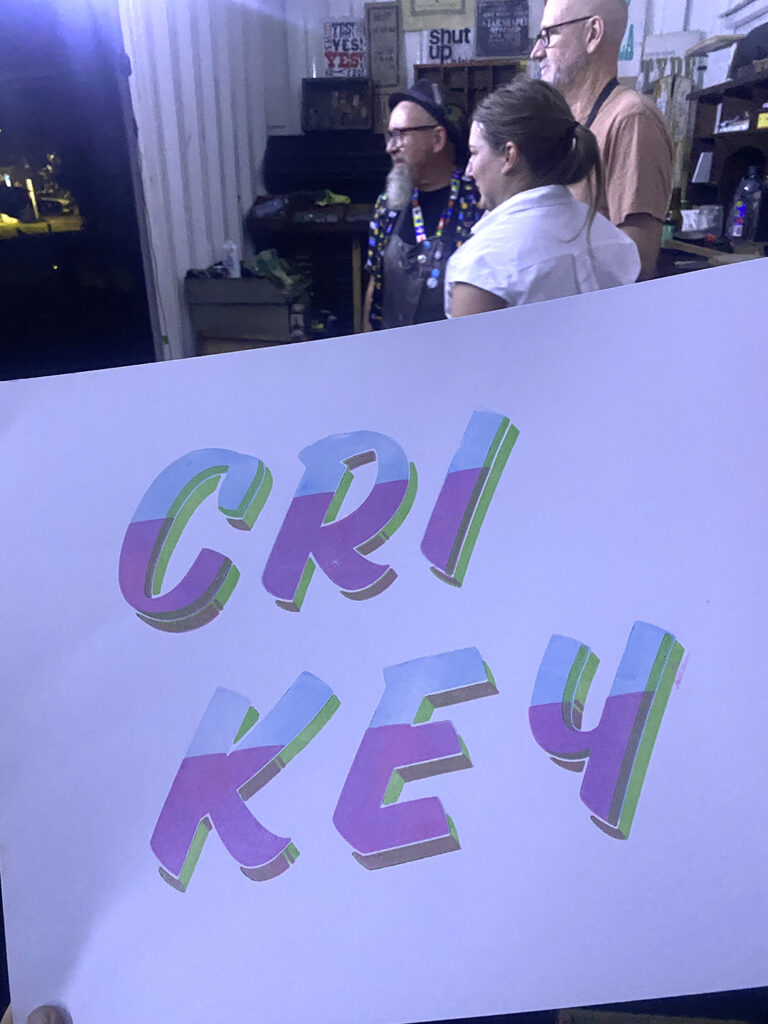
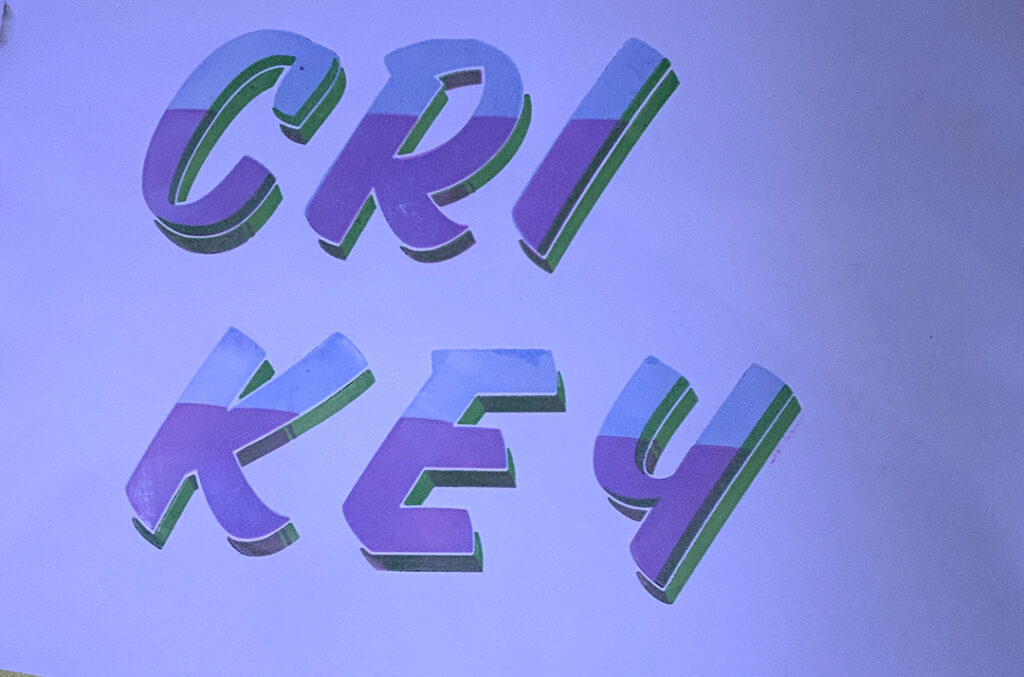
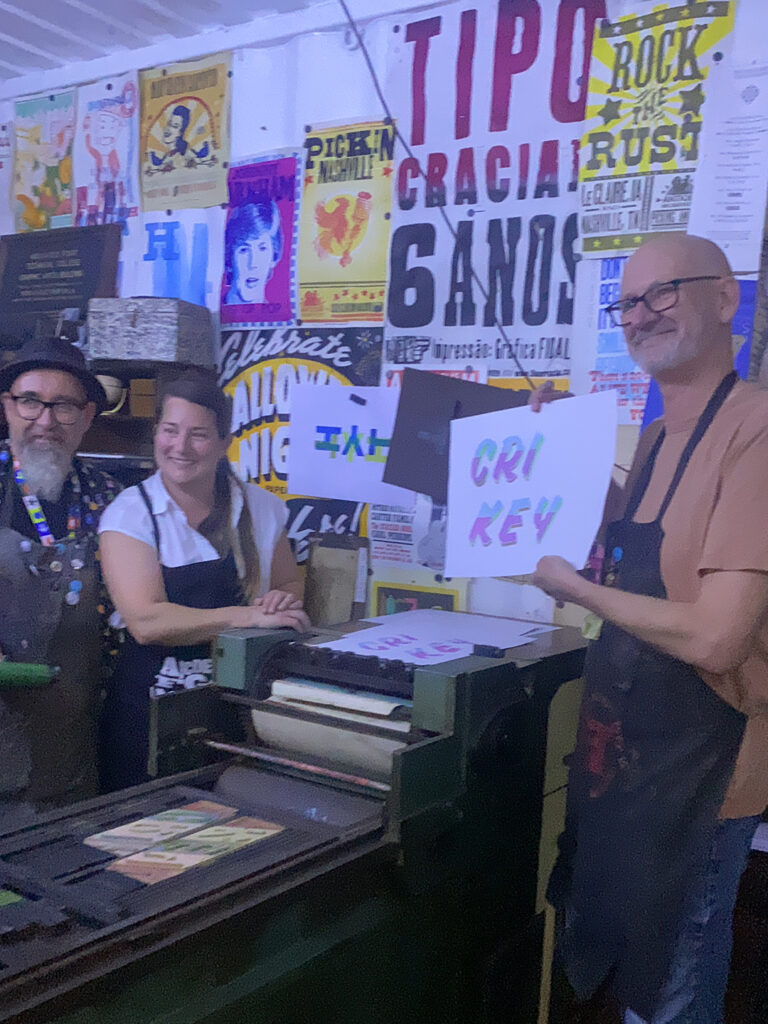
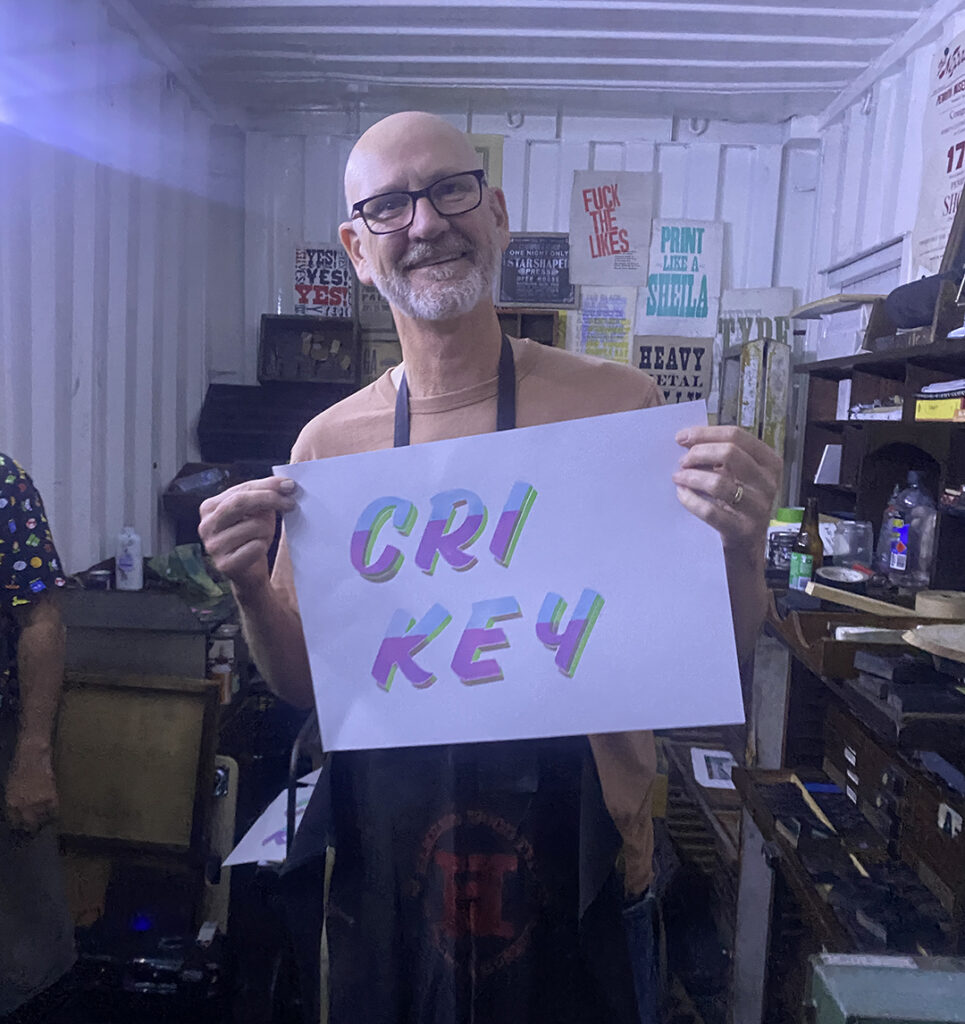
In addition to the conference activities, the container opened its doors to four introductory wood type letterpress workshops, providing the community with access to traditional printing techniques. Participants explored the power of the press while infusing their creations with the cheeky nature of Australian slang, fostering an atmosphere of creativity and camaraderie.
The workshop series culminated in a final Woodtype workshop on Friday, the 26th of April; With our initial SPAM project ideas dating back 3 years, it was a special moment to be able to share the project with the community. and see the project become a reality. Accommodating ten participants within the container, this immersive experience offered a glimpse into the revival of letterpress printing for regional and remote Australia. With a focus on community engagement and education, the container will bring the art and history of letterpress printing to new audiences across the country.
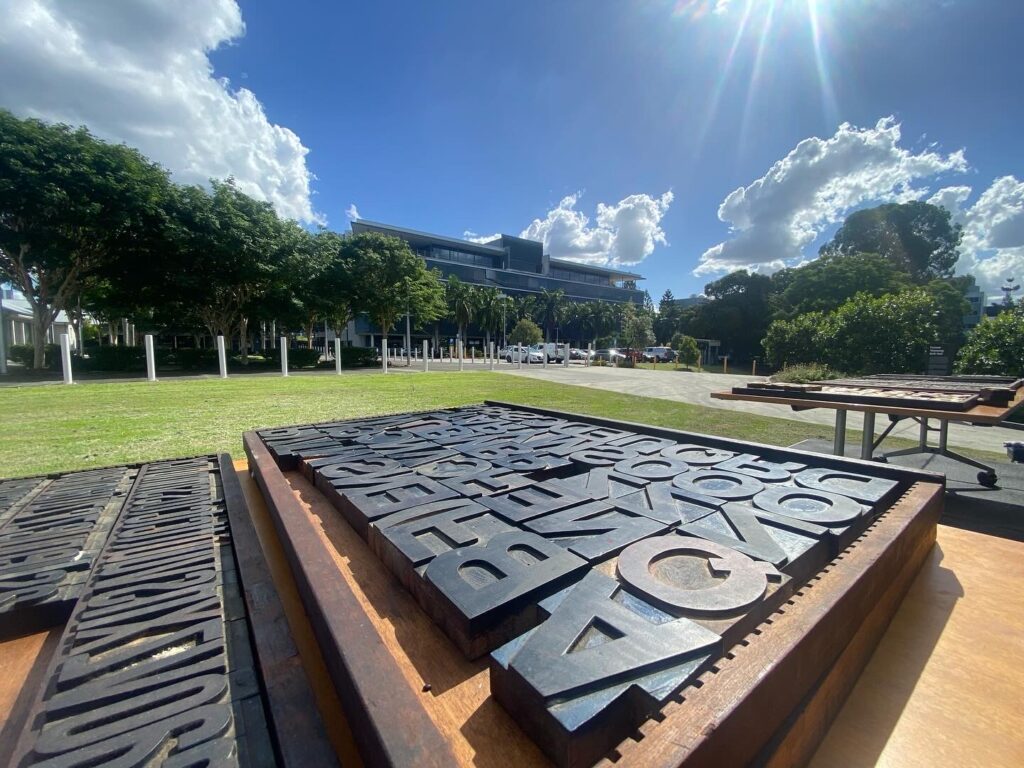
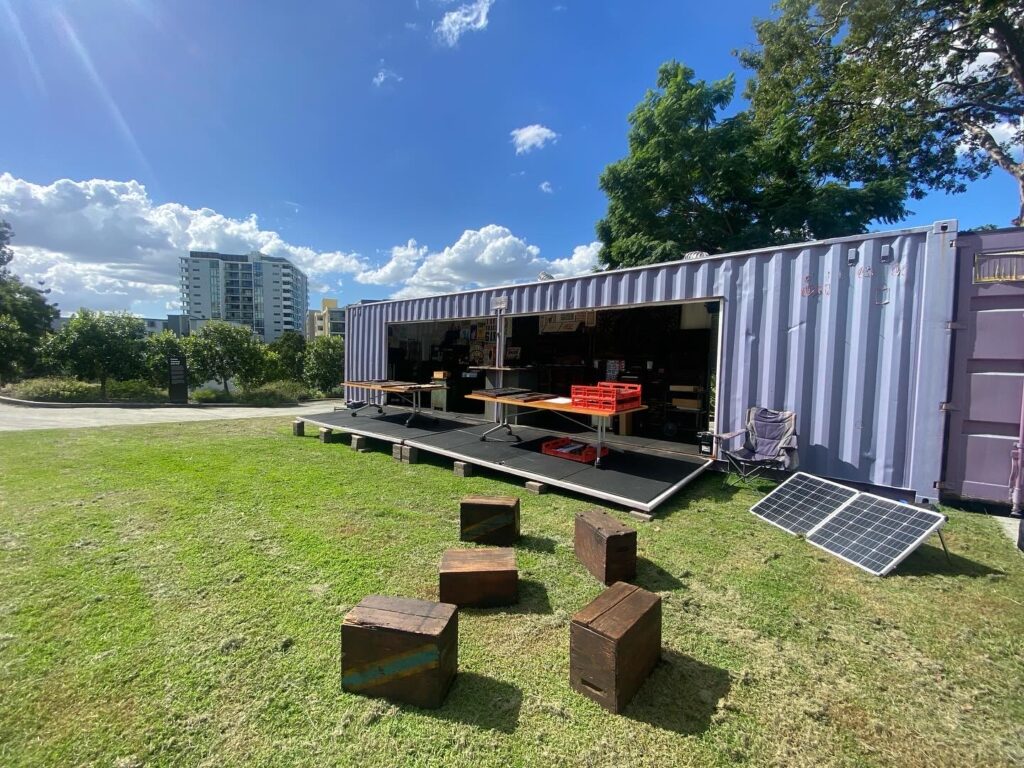
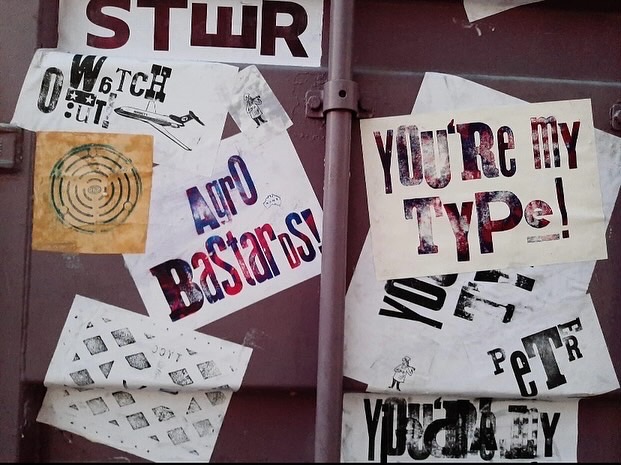
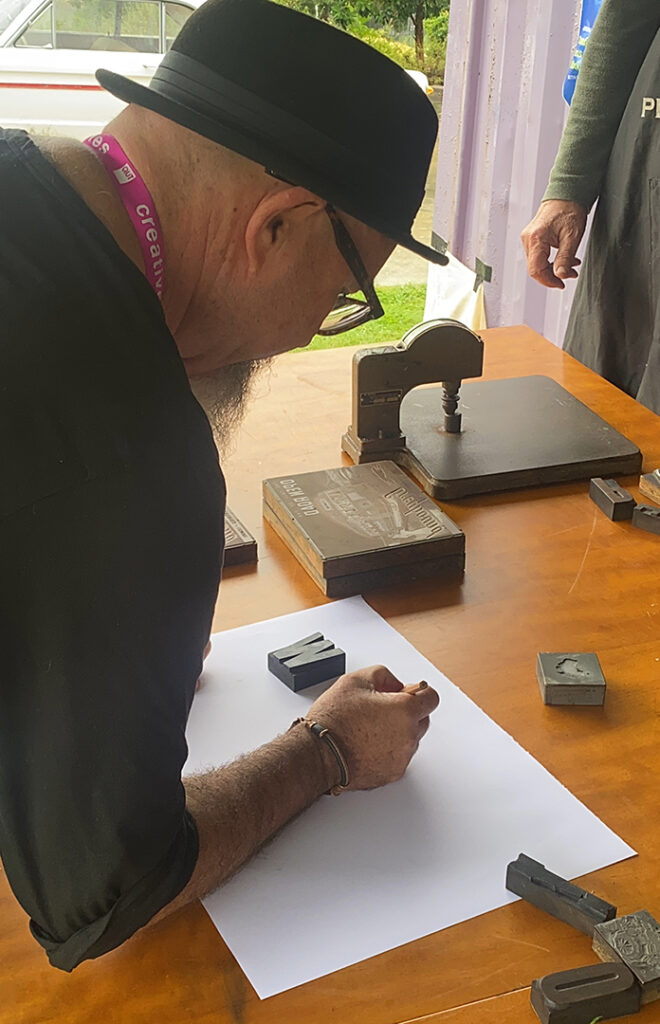
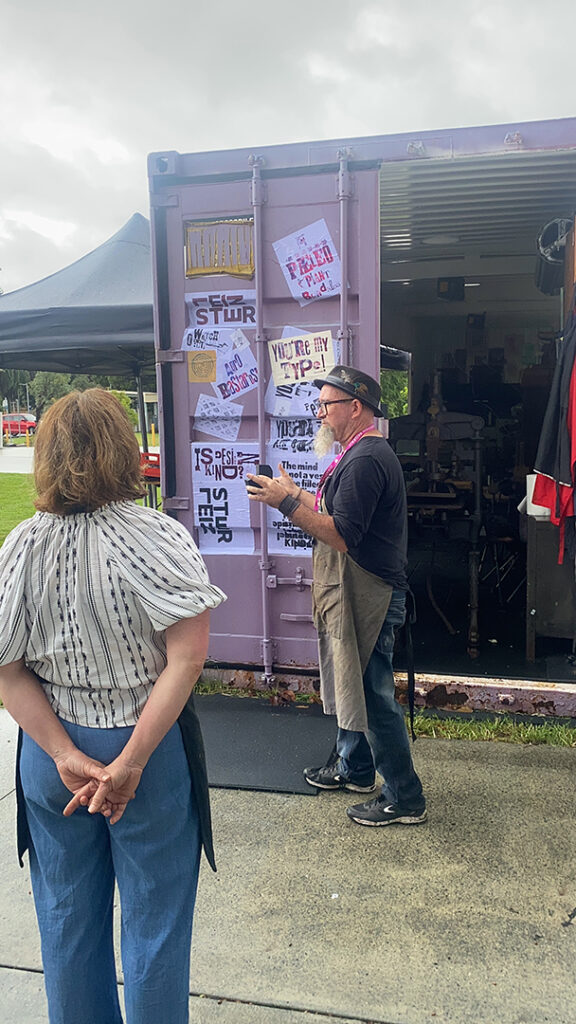
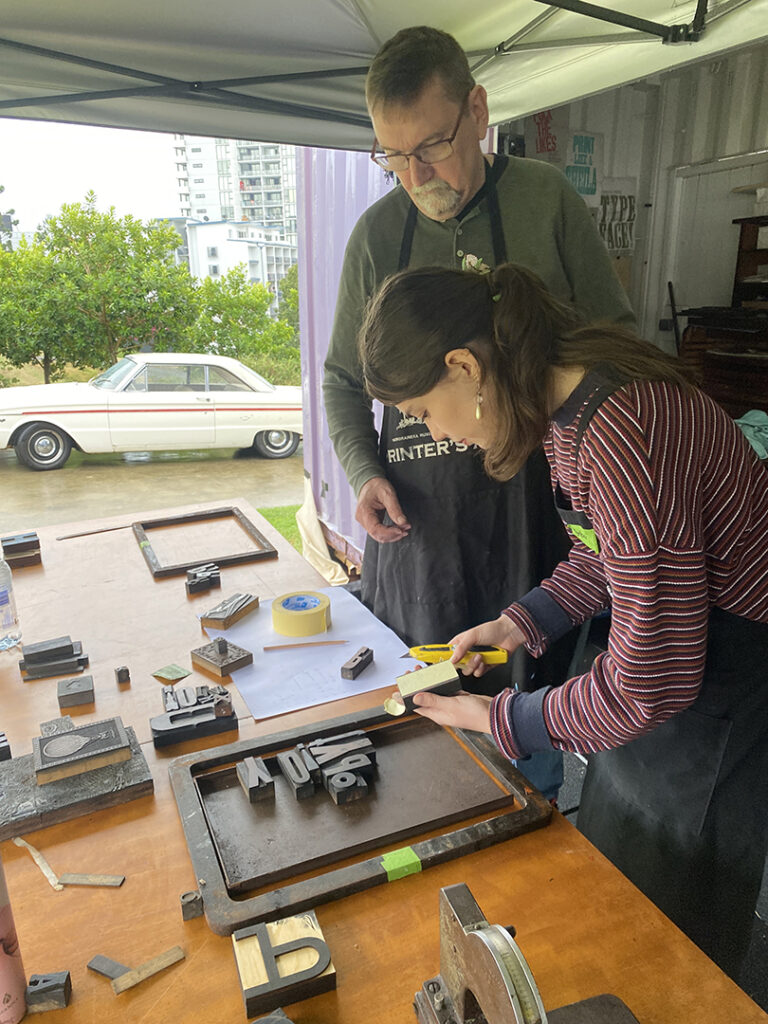
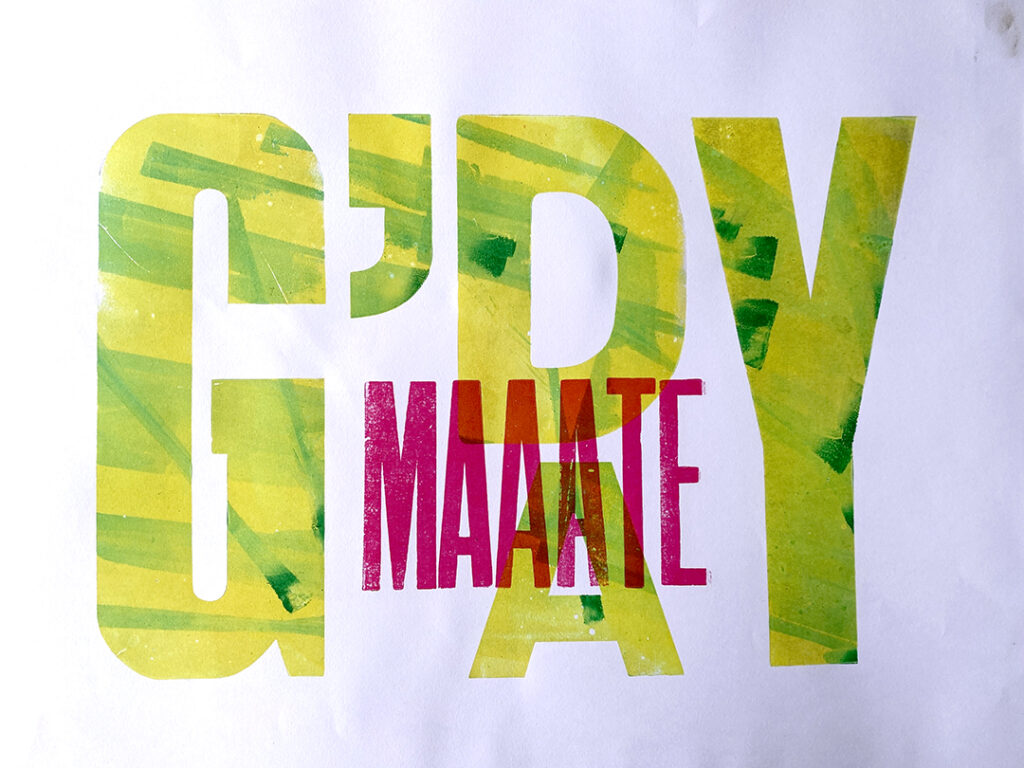
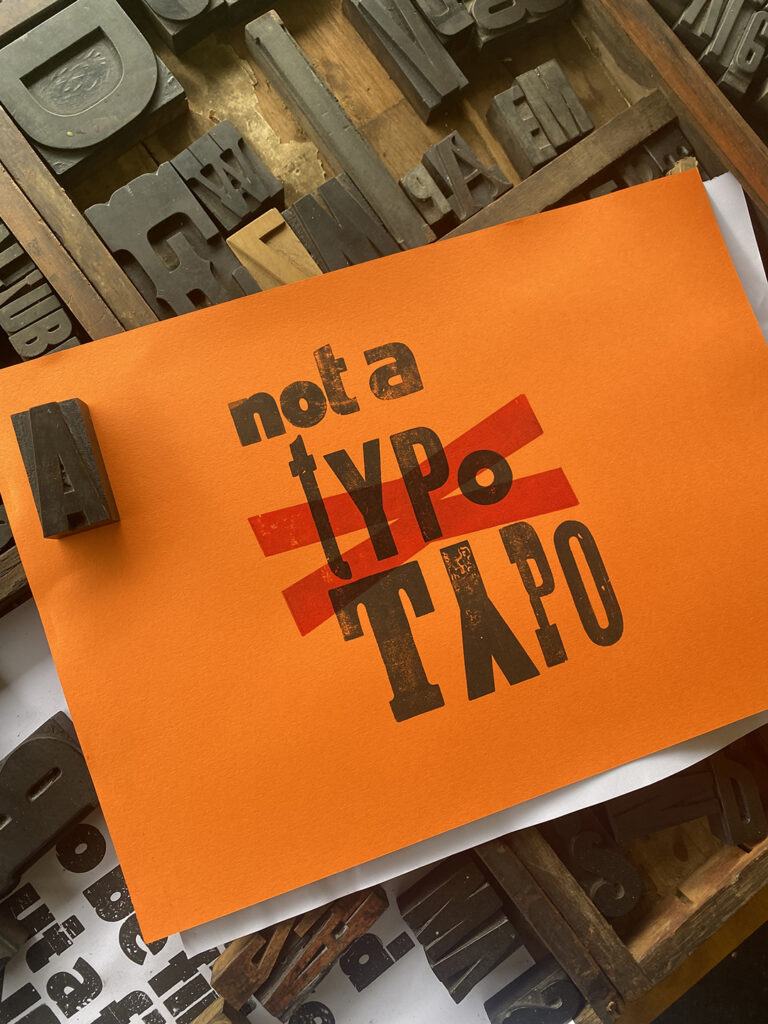


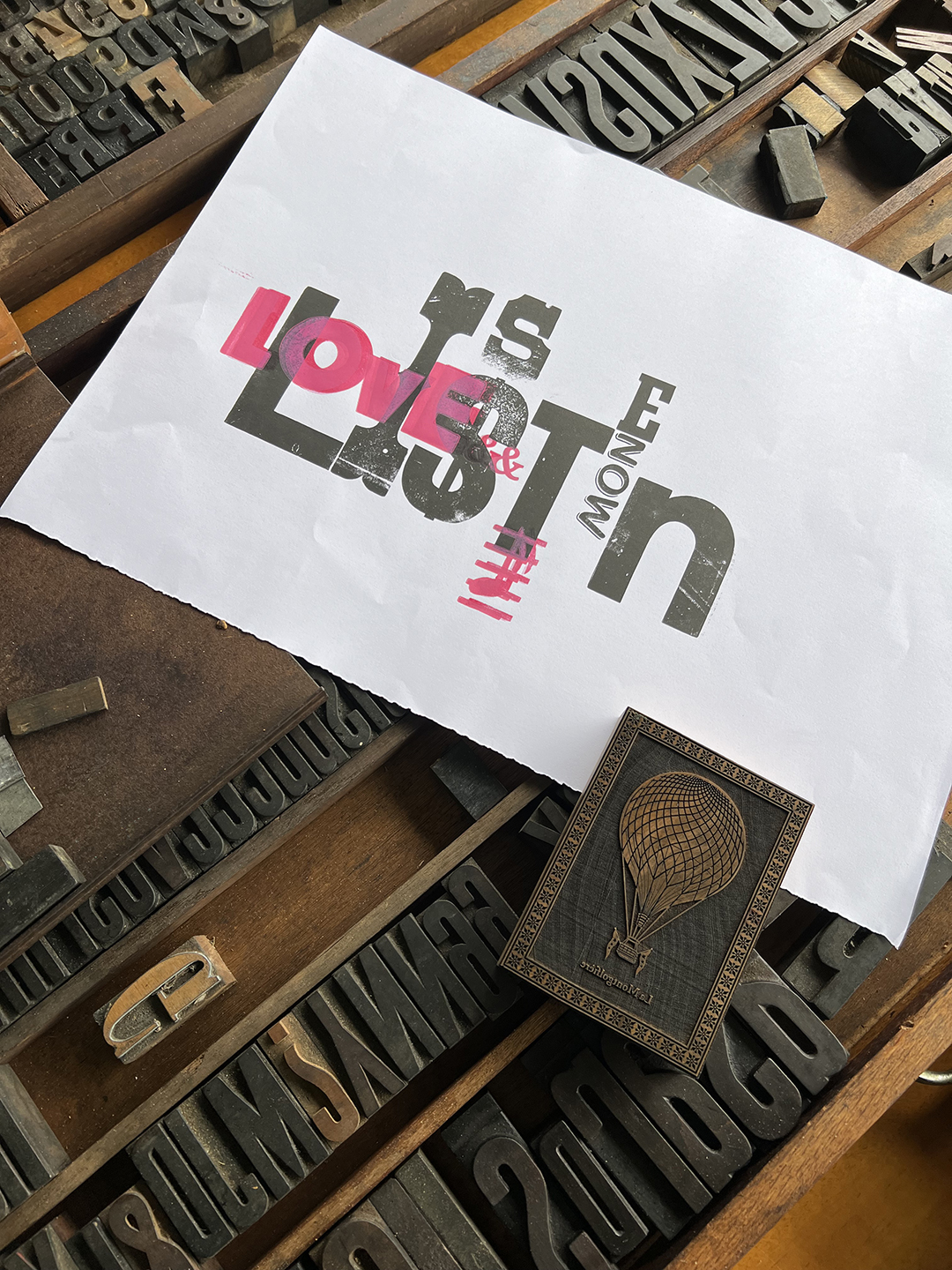
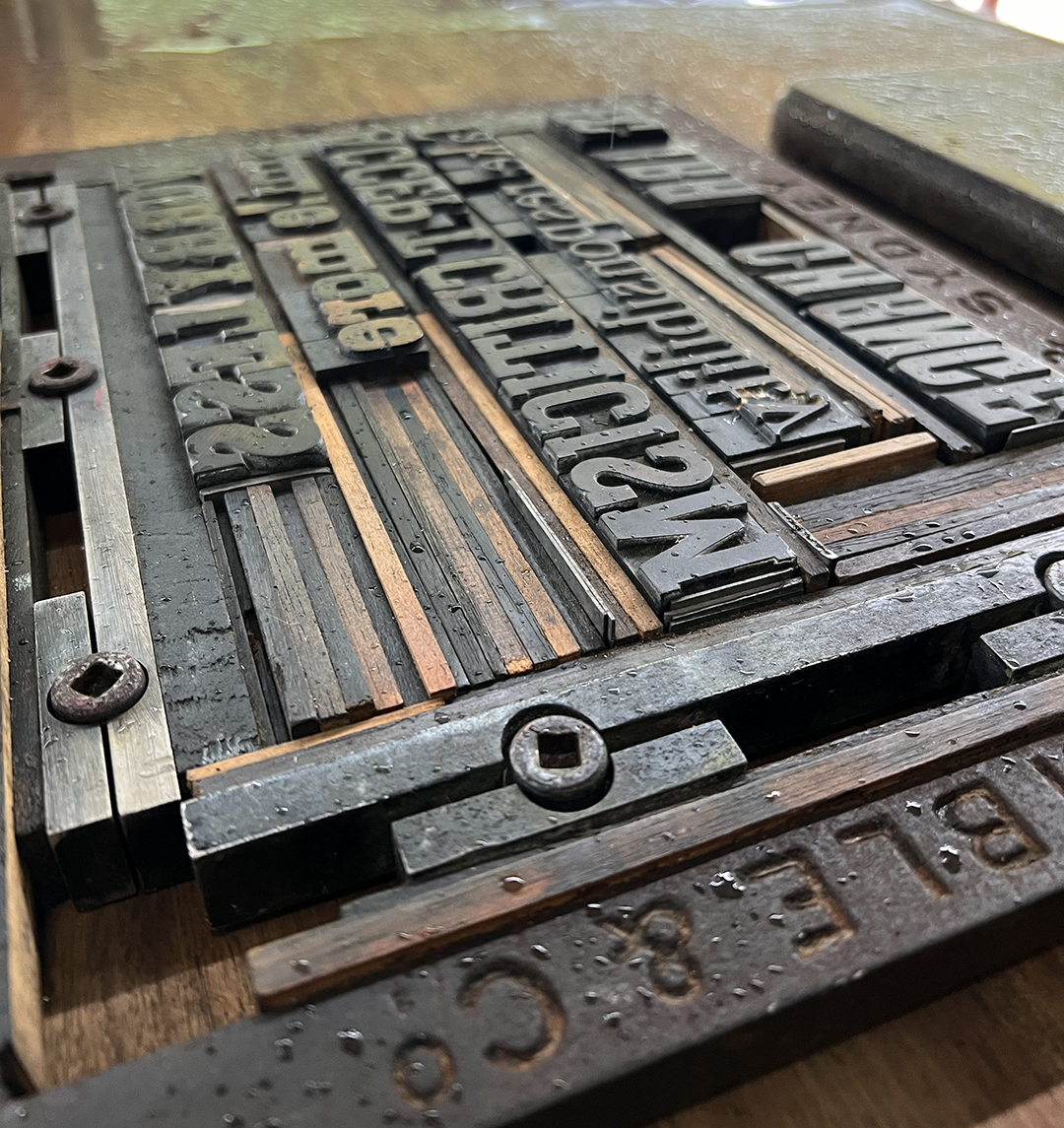
As the conference concluded and the container was packed down, SPAM looked ahead to future destinations, eager to continue sharing the power of the press with communities far and wide. With a commitment to preserving and promoting traditional printmaking techniques, SPAM embodies the spirit of innovation and collaboration that defines the global typography community.
As we reflect on this inaugural outing of the container, it’s clear that we’ve laid a solid foundation for what’s to come. The enthusiasm and passion for letterpress printing that we’ve witnessed during this journey have been truly inspiring. As we embark on our mission to travel the country, spreading the love for letterpress far and wide, our path forward looks promising. With each workshop and event, we’re forging connections, igniting creativity, and fostering a vibrant community of type enthusiasts.
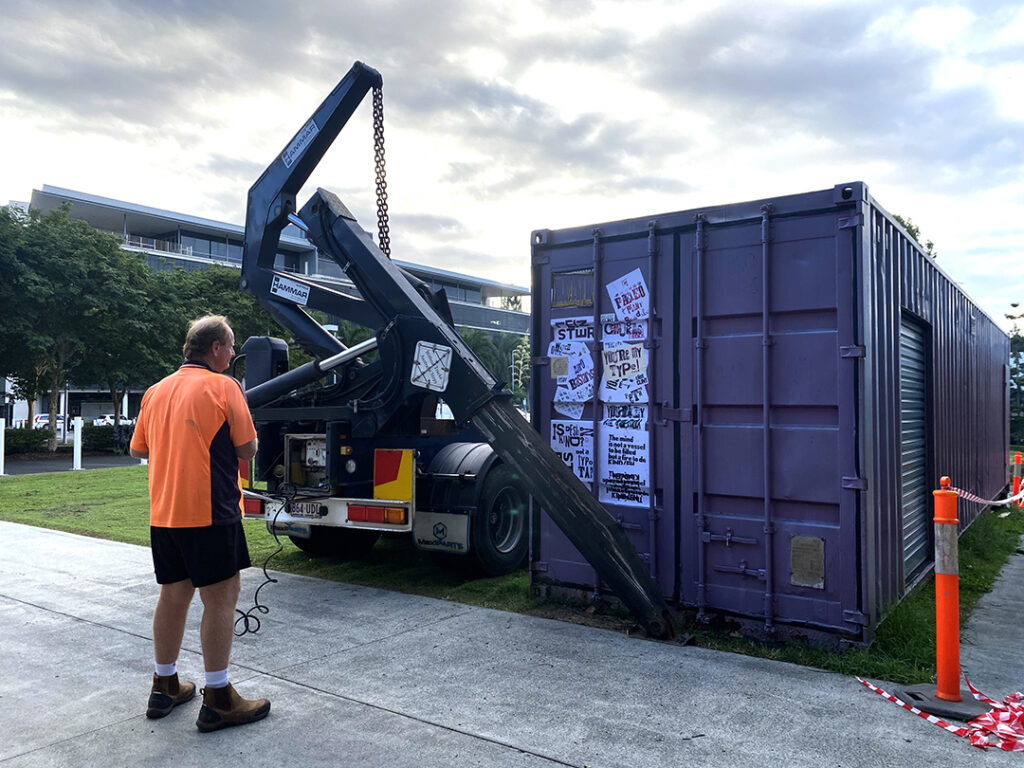
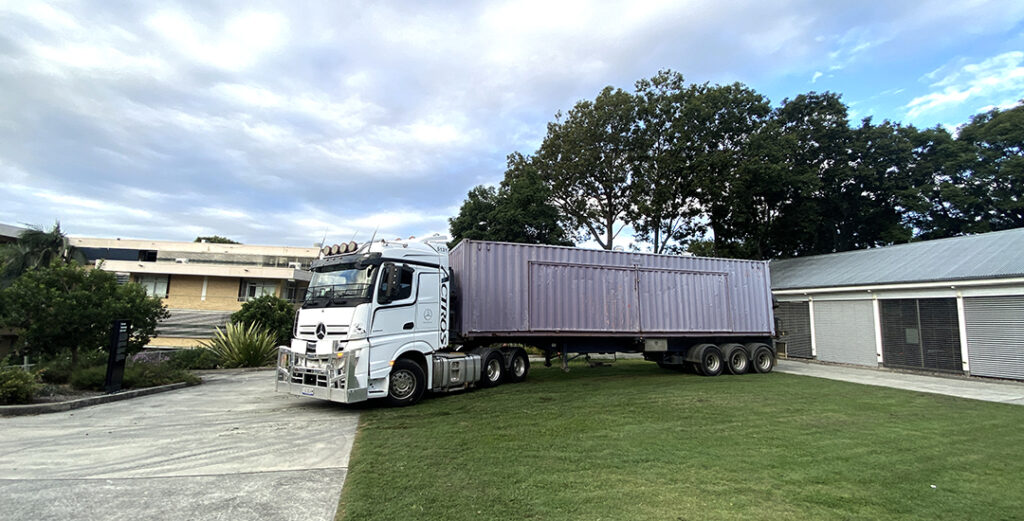
As I sit down to pen this blog post and enjoy a beer, I find myself filled with a profound sense of gratitude and reflection. The journey of the project has been nothing short of extraordinary, and I am humbled by the incredible support and encouragement we have received along the way.
First and foremost, I want to extend my sincerest thanks to Dzintra Menesis from the Museum of Printing in Armidale. Dzintra’s unwavering support and belief in the SPAM Project have been a guiding light throughout this endeavour. Her passion for the art of printing and her willingness to push this project over the line has been truly invaluable. Dzintras’ belief and enthusiastic encouragement played such a pivotal role in shaping the SPAM Project into what it is today. Thank you Zin for being such an integral part of this journey.
I also want to express my gratitude to Barnaby Florance for his support and muscle in helping us move items into place with only weeks before the launch. Barnaby’s willingness to roll up the sleeves and dive into the nitty-gritty details was a testament to hisfriendship and his commitment to our cause. It also helps that Barnaby’s mum is one of the most recognised letterpress practitioners in the country, and I am sure she would have kicked his ass if he didn’t get involved in our project.
And last but certainly not least, I want to extend a heartfelt thank you to my family for their ongoing support and encouragement to my crazy idea to pack all this scrap metal into a shipping container. As my brother calmly stated its a 40′ Tacklebox full of upper and lowercase sinkers.
As we look back on the journey of the SPAM Project, I am filled with a sense of pride and accomplishment. With the support of others, we have embarked on a mission to bring the craft of letterpress printing to communities far and wide, and I am excited to see where this journey takes us next. To all who have supported us along the way, a big fat thank you. Your contributions have made a king size impact, and I am forever grateful.
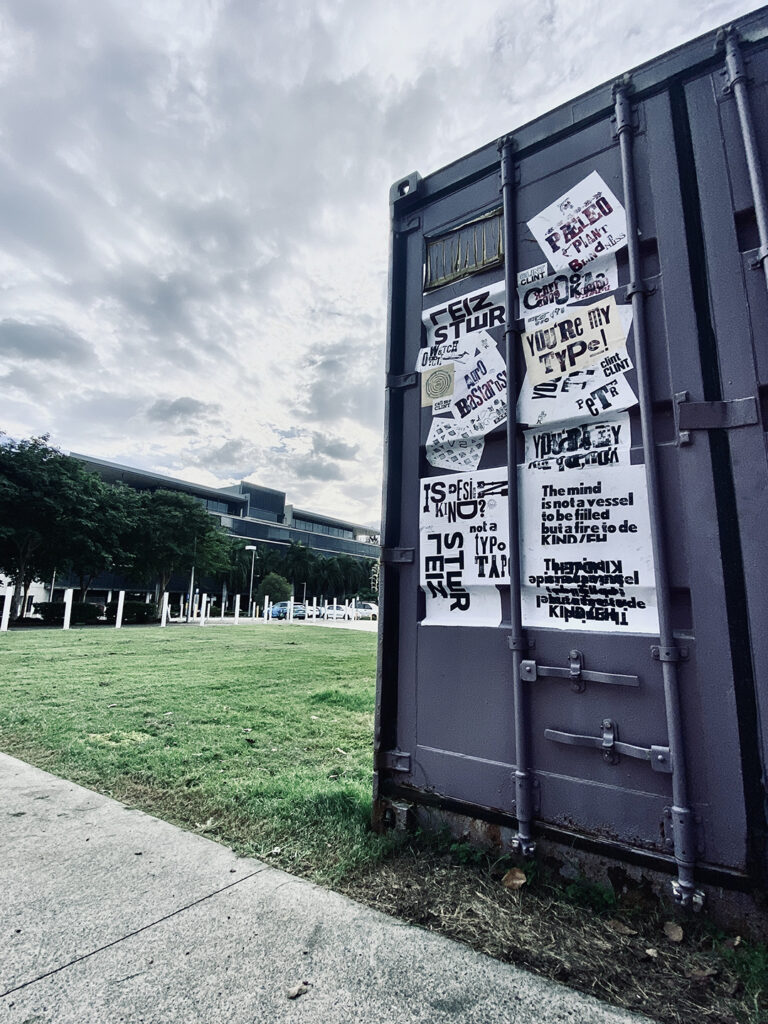
Here’s to the next chapter of the SPAM Project and the countless adventures that lie ahead. With your continued support, I have no doubt that we will continue to make waves in the world of letterpress printing. To all involved to date thank you for believing in our vision and for being a part of this incredible journey.
